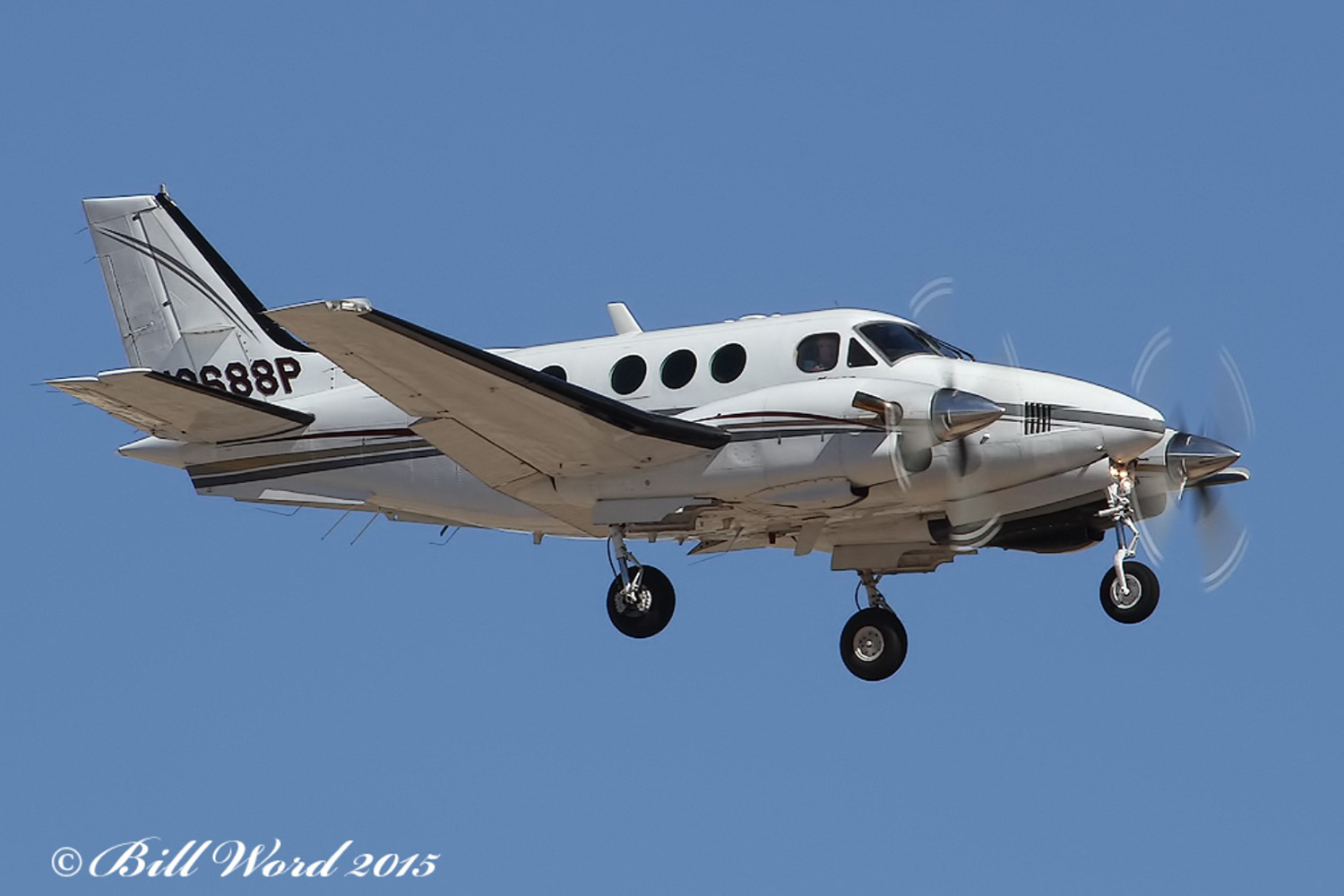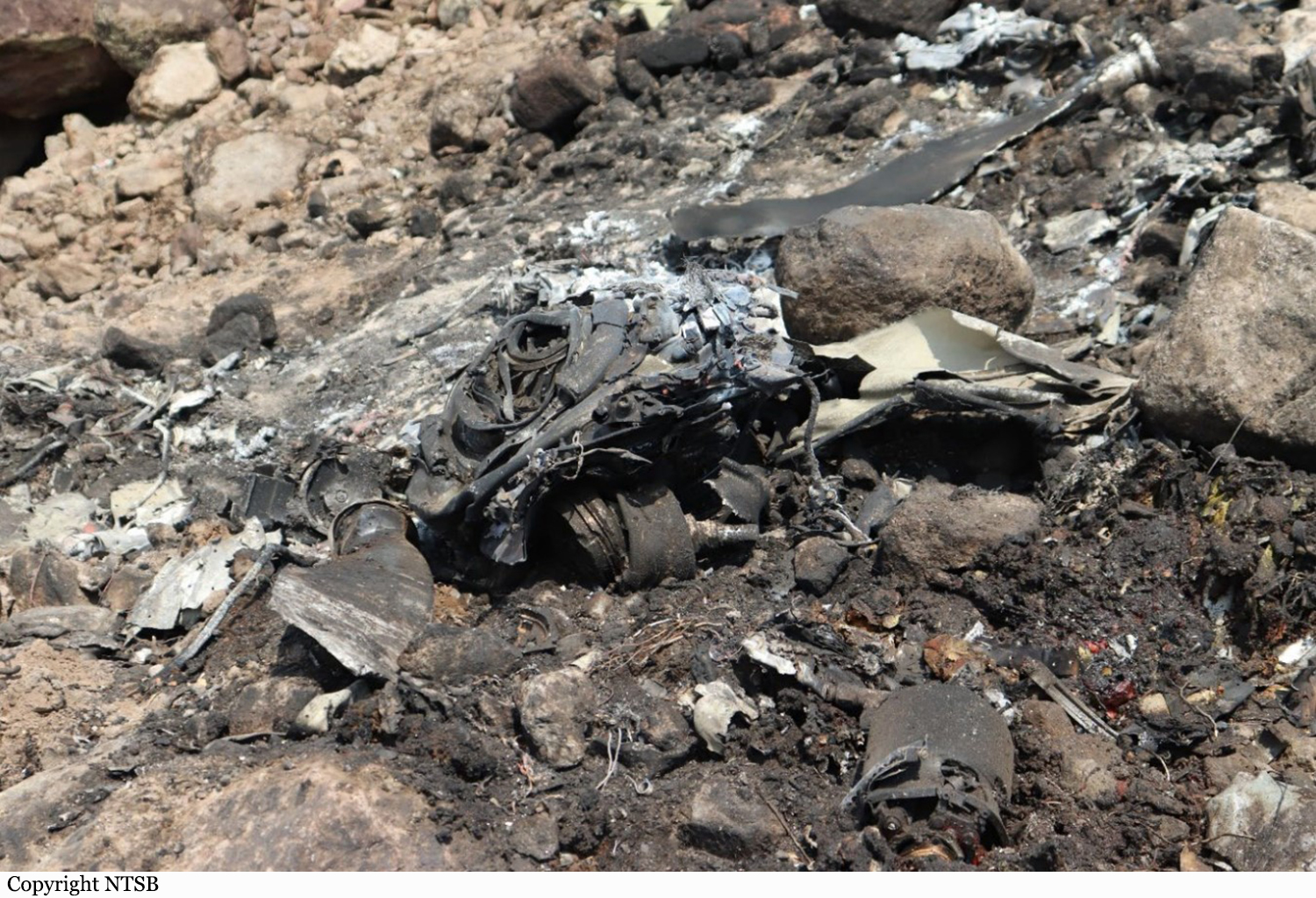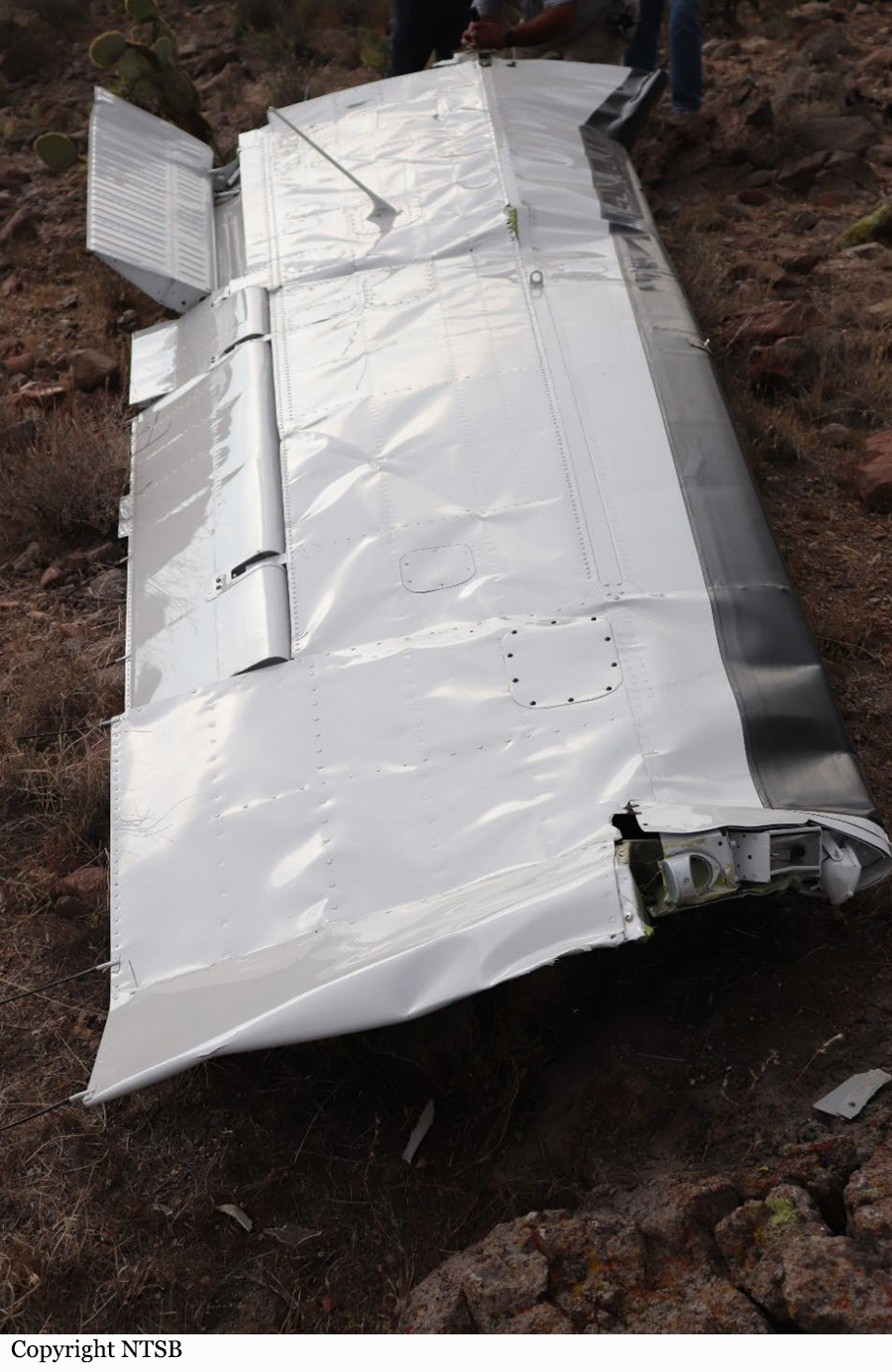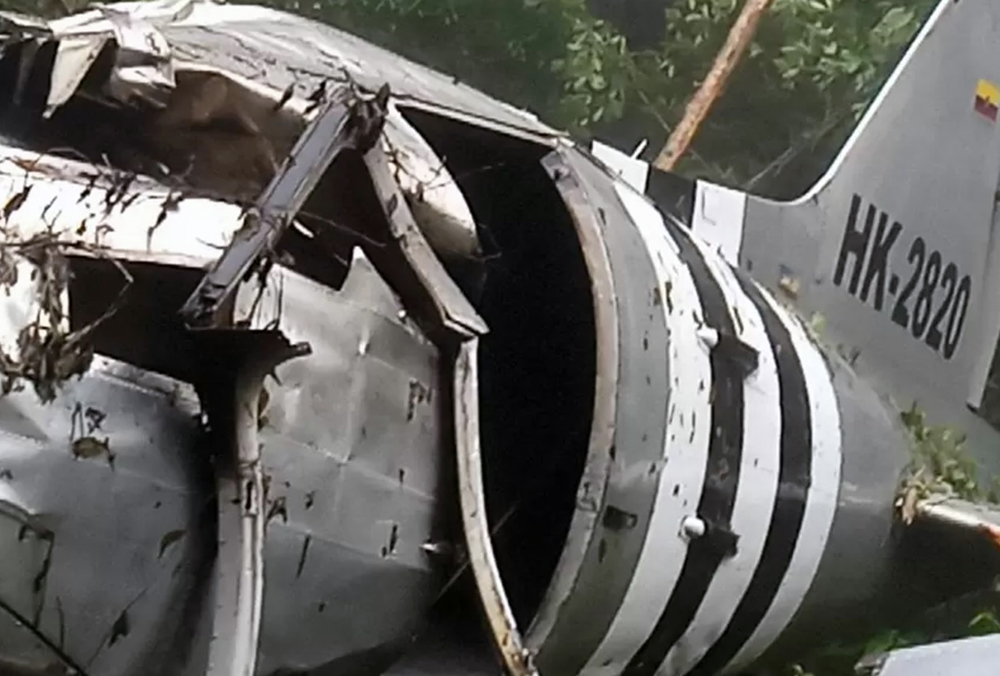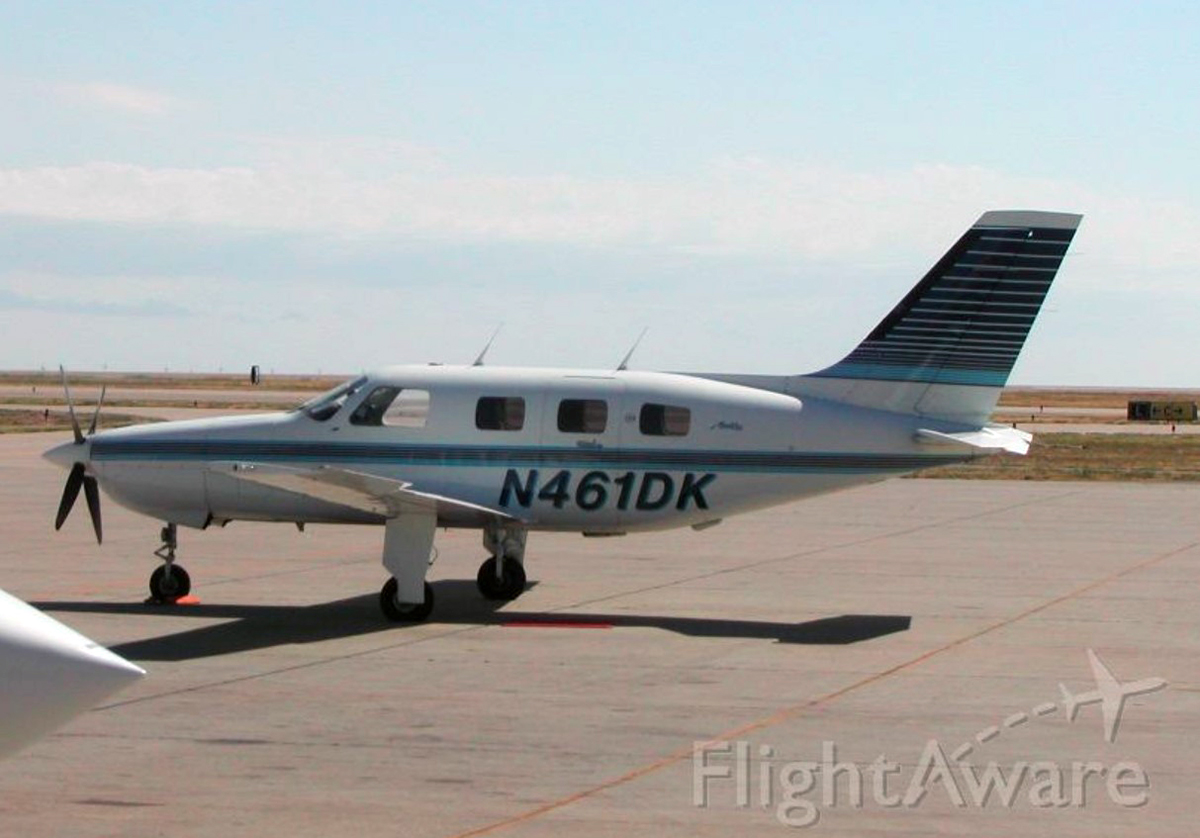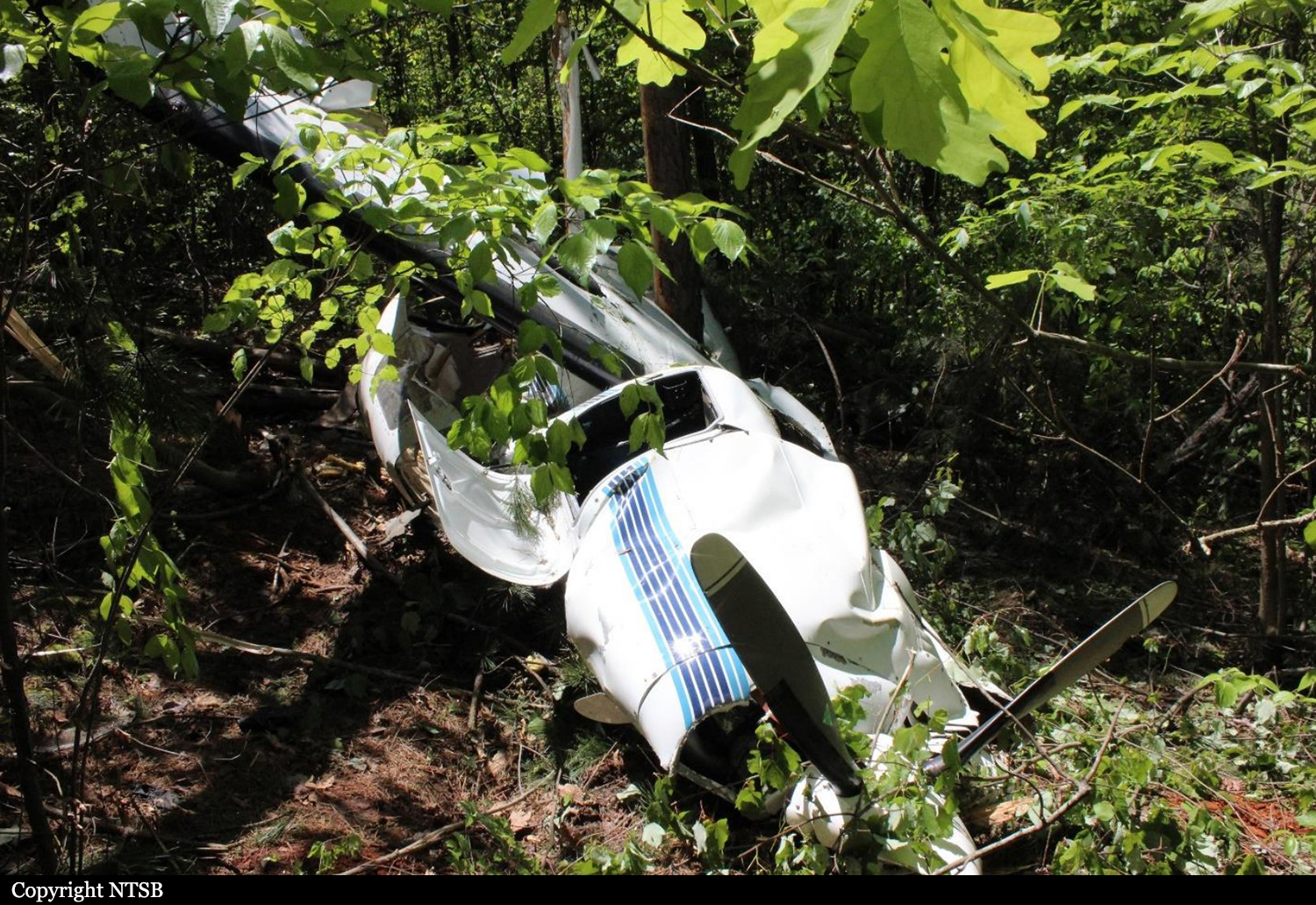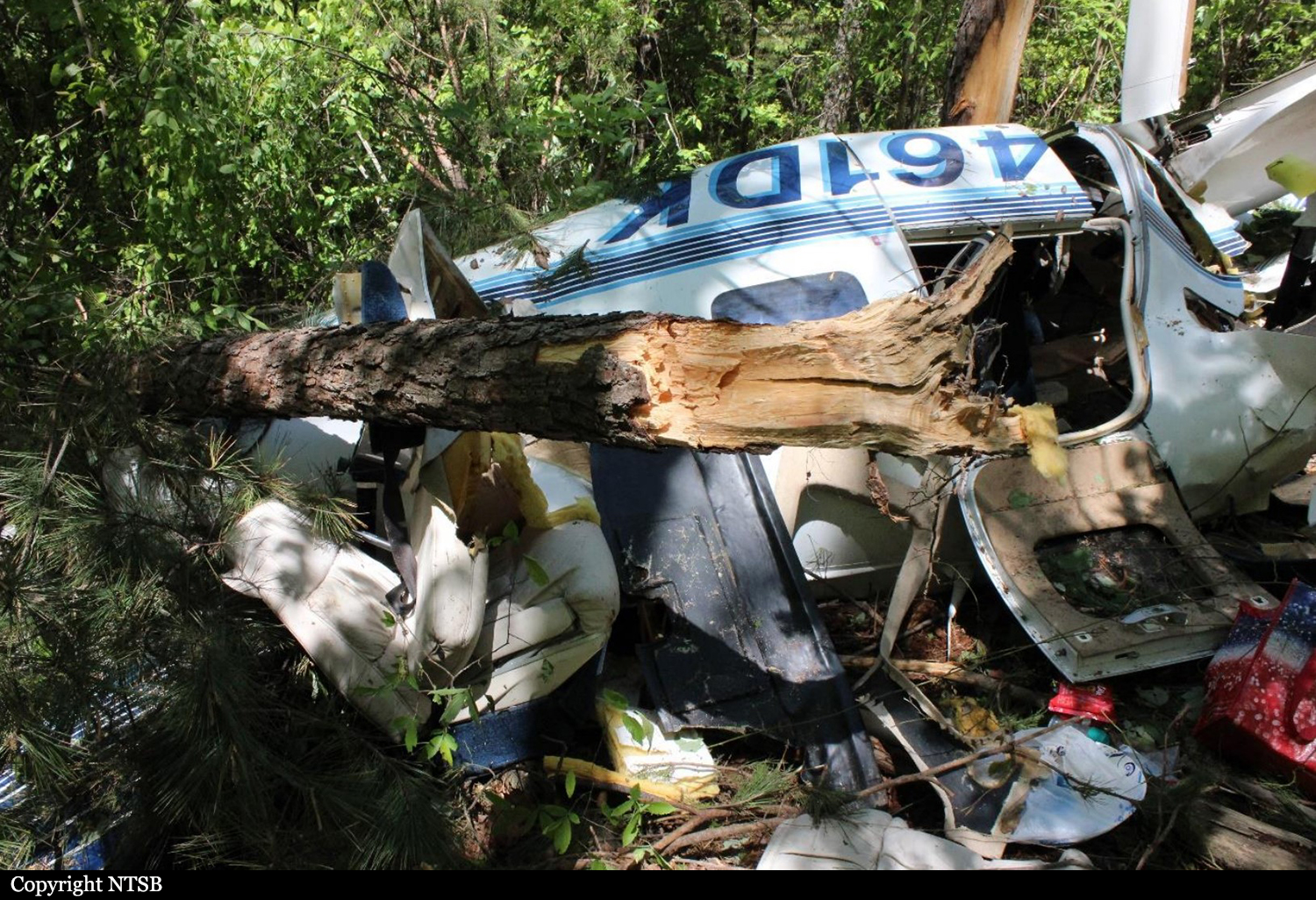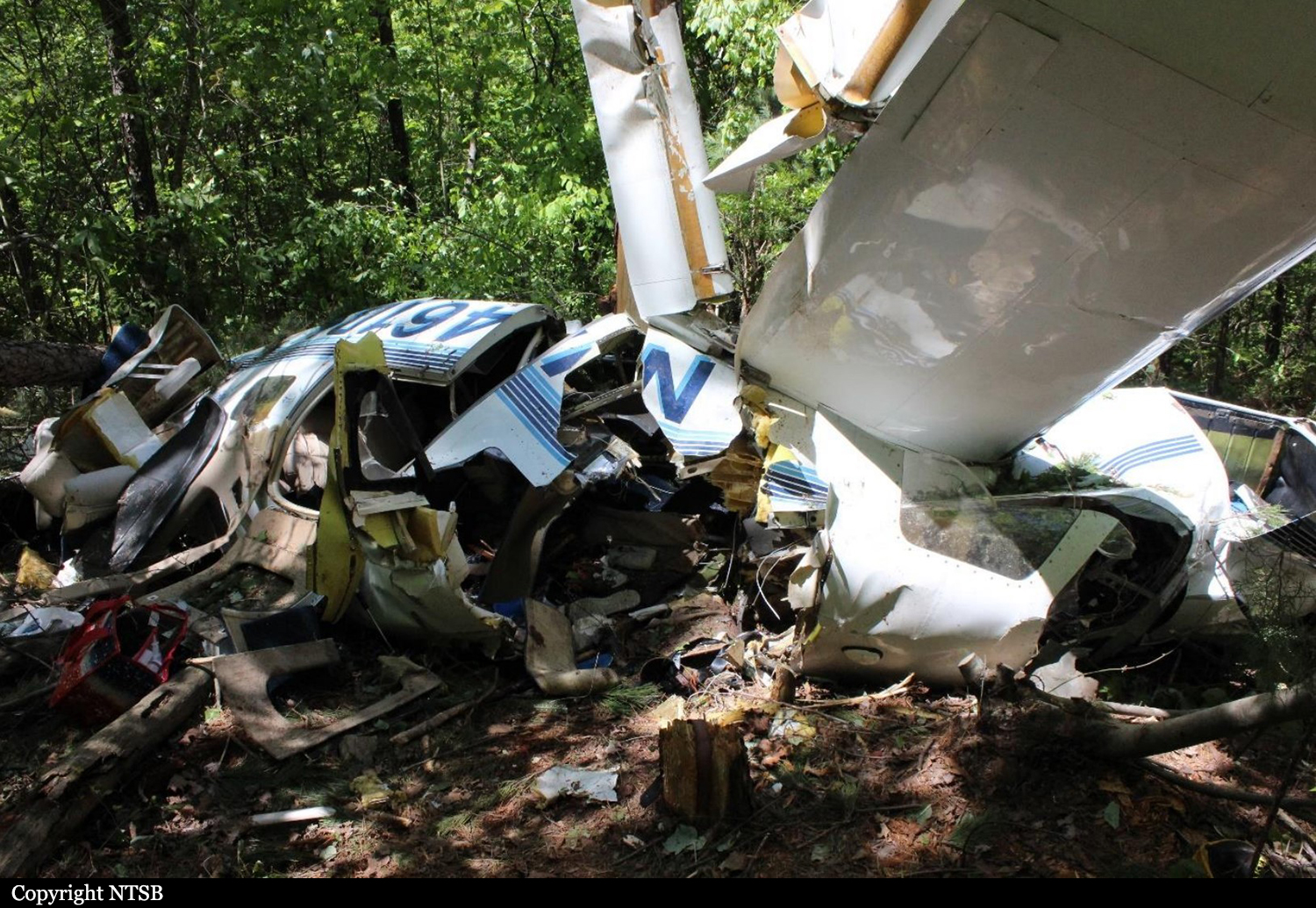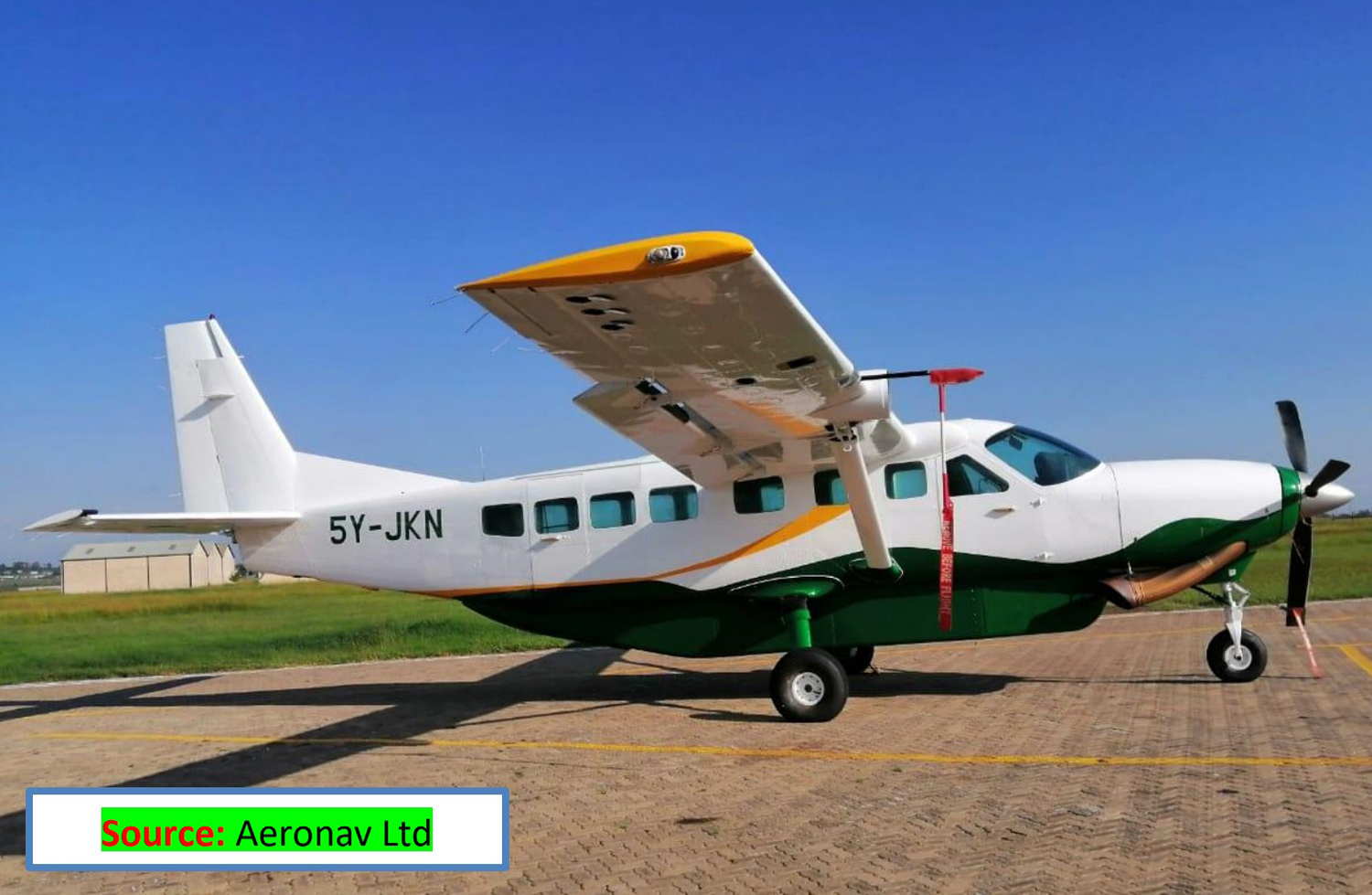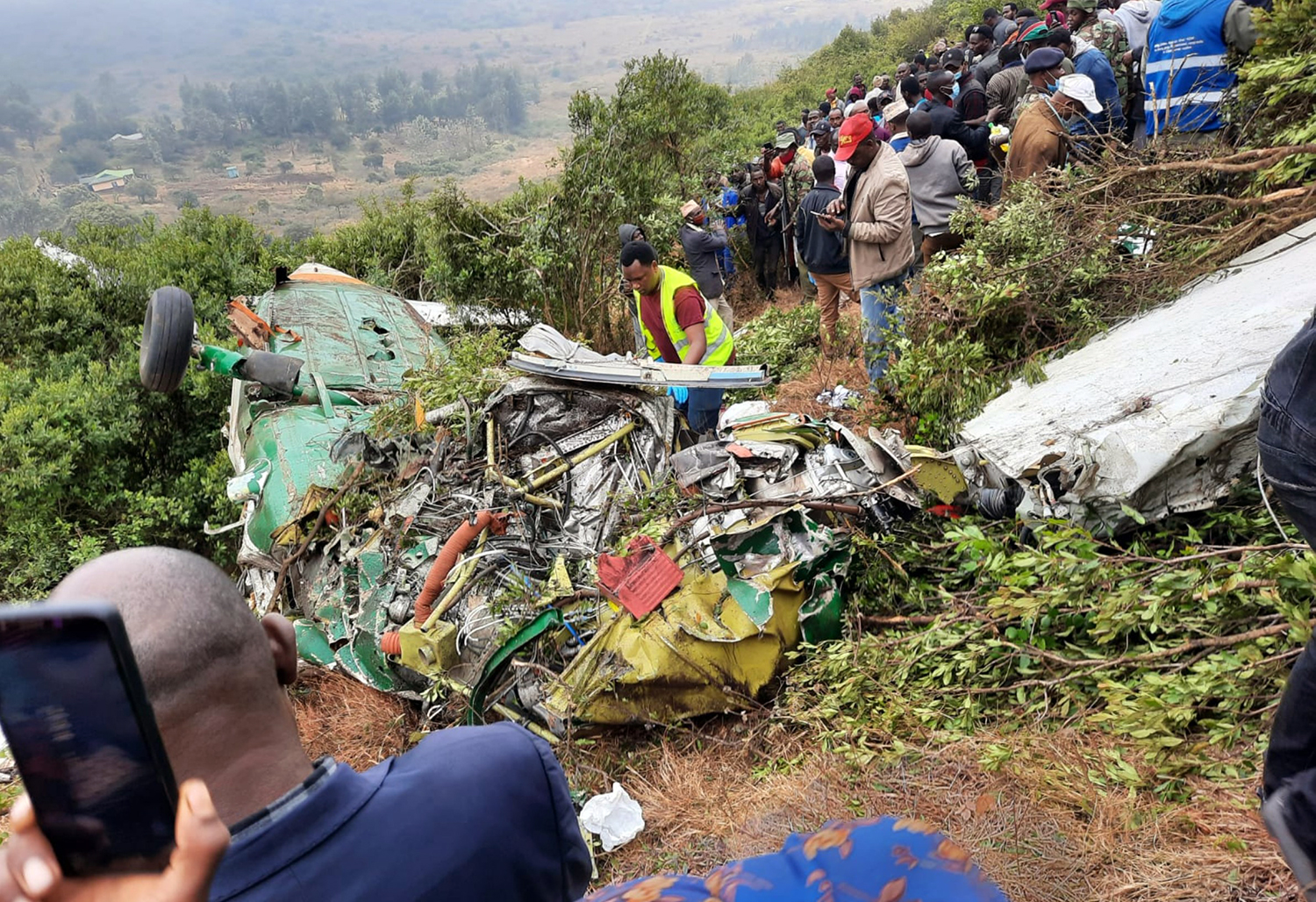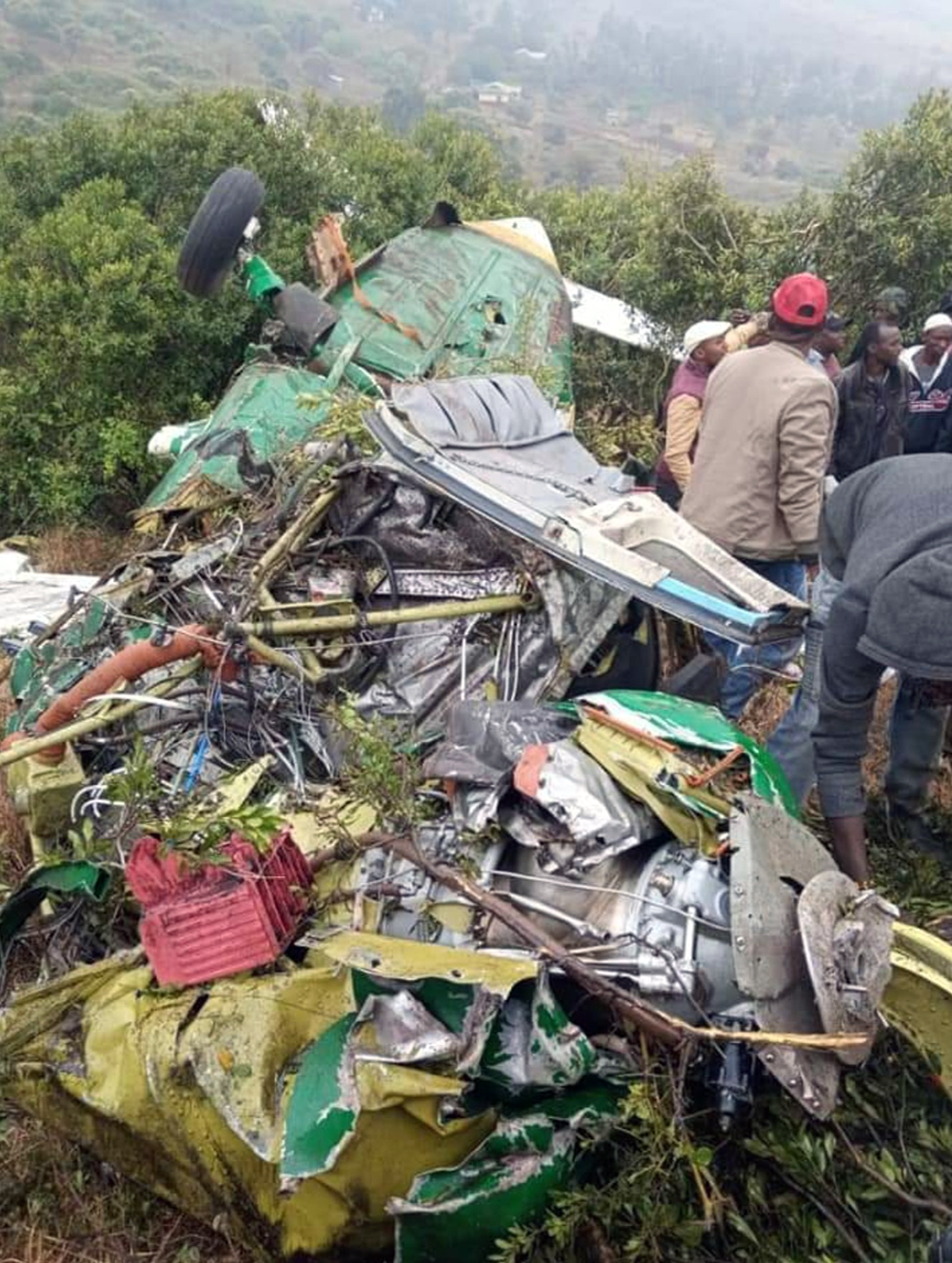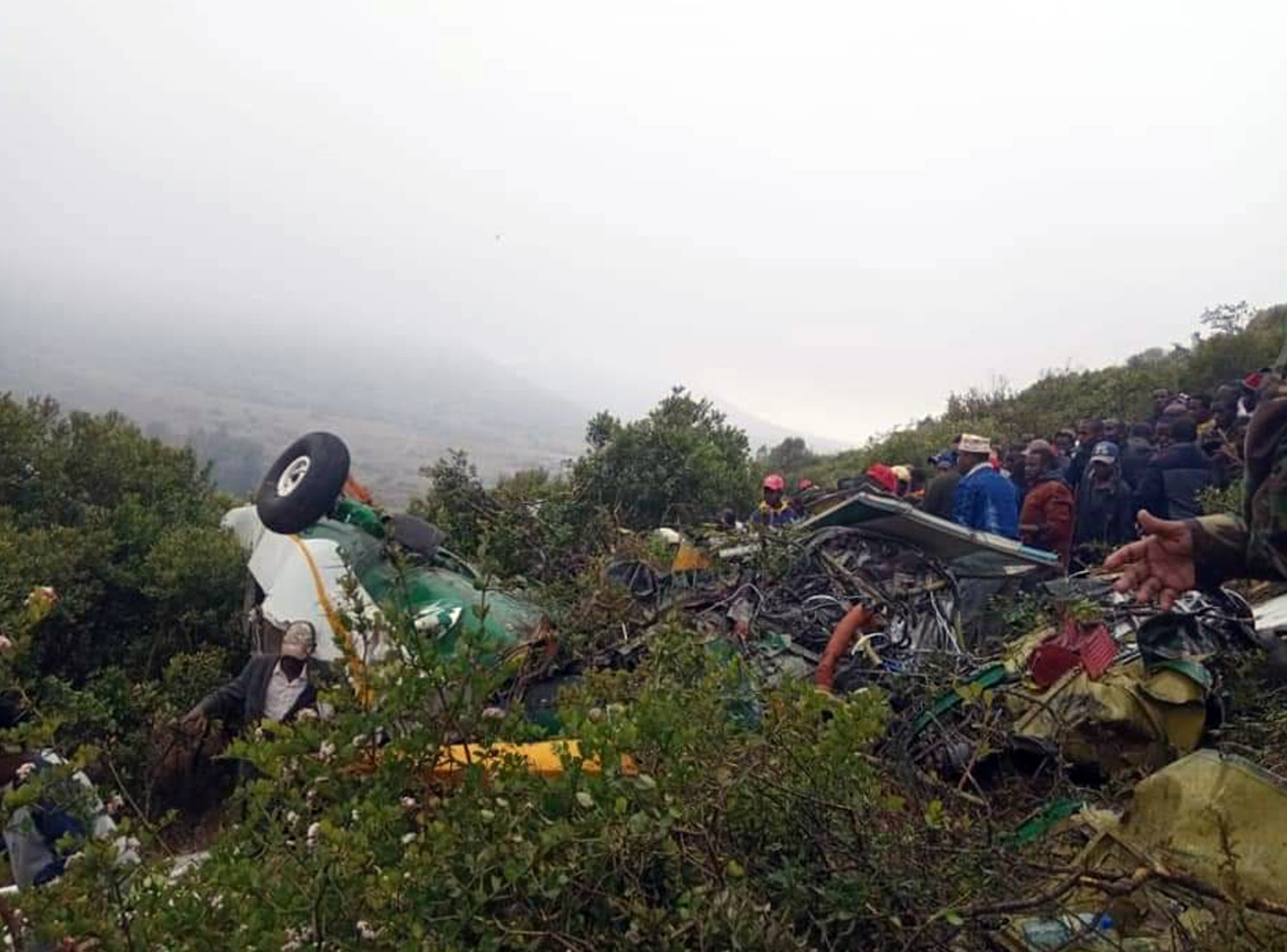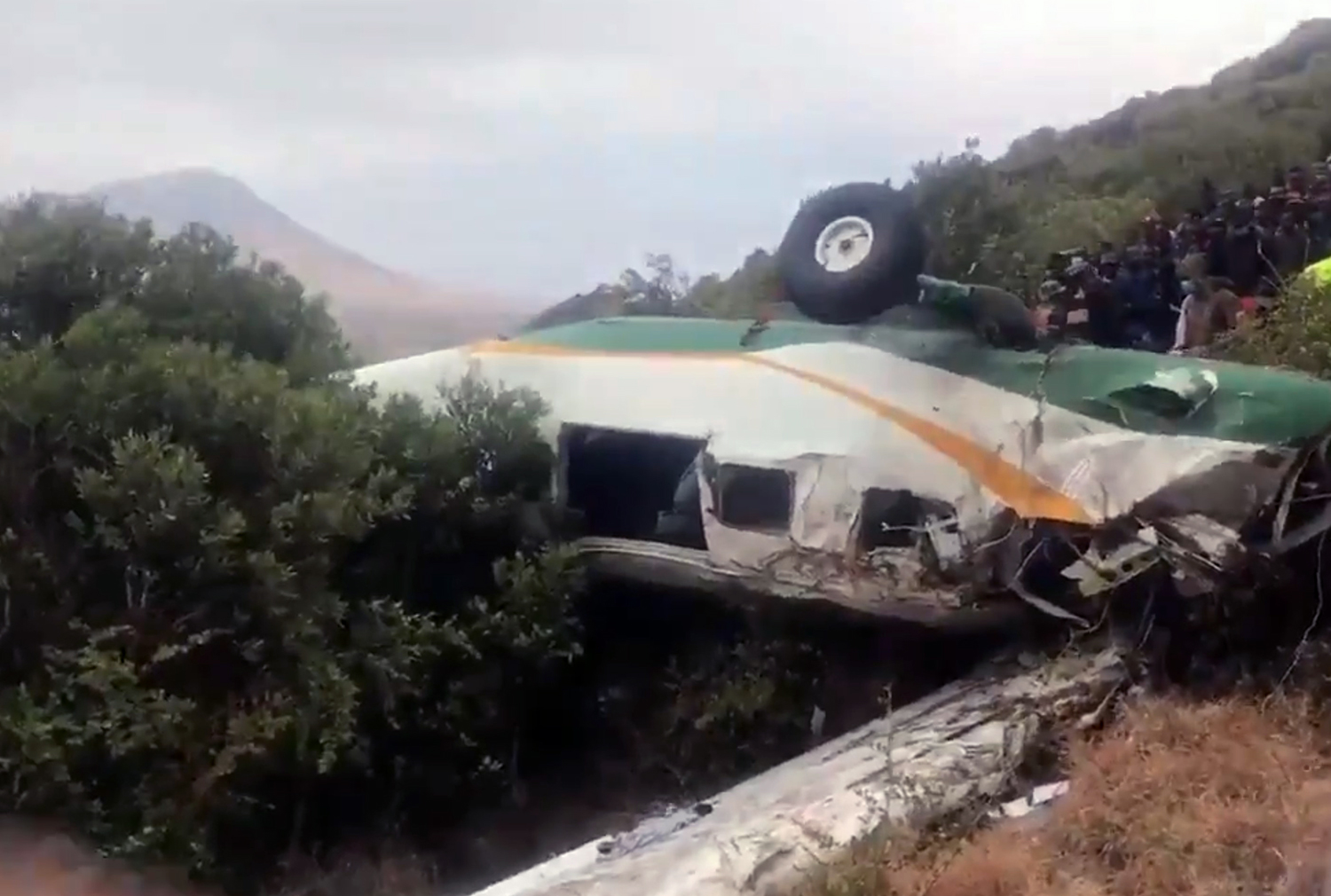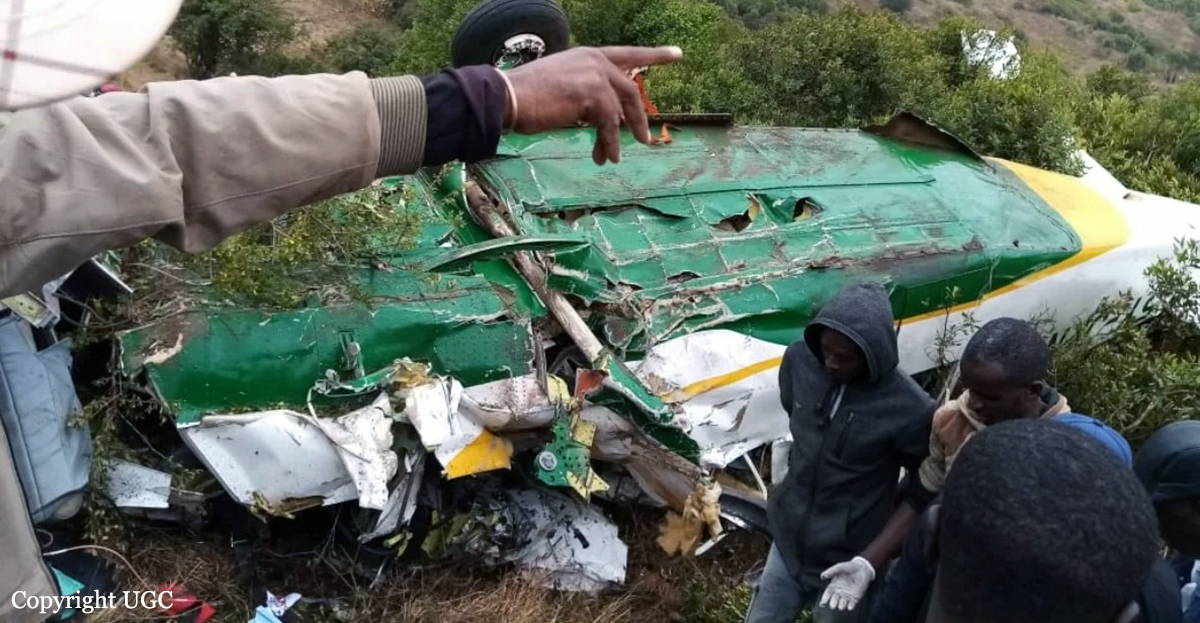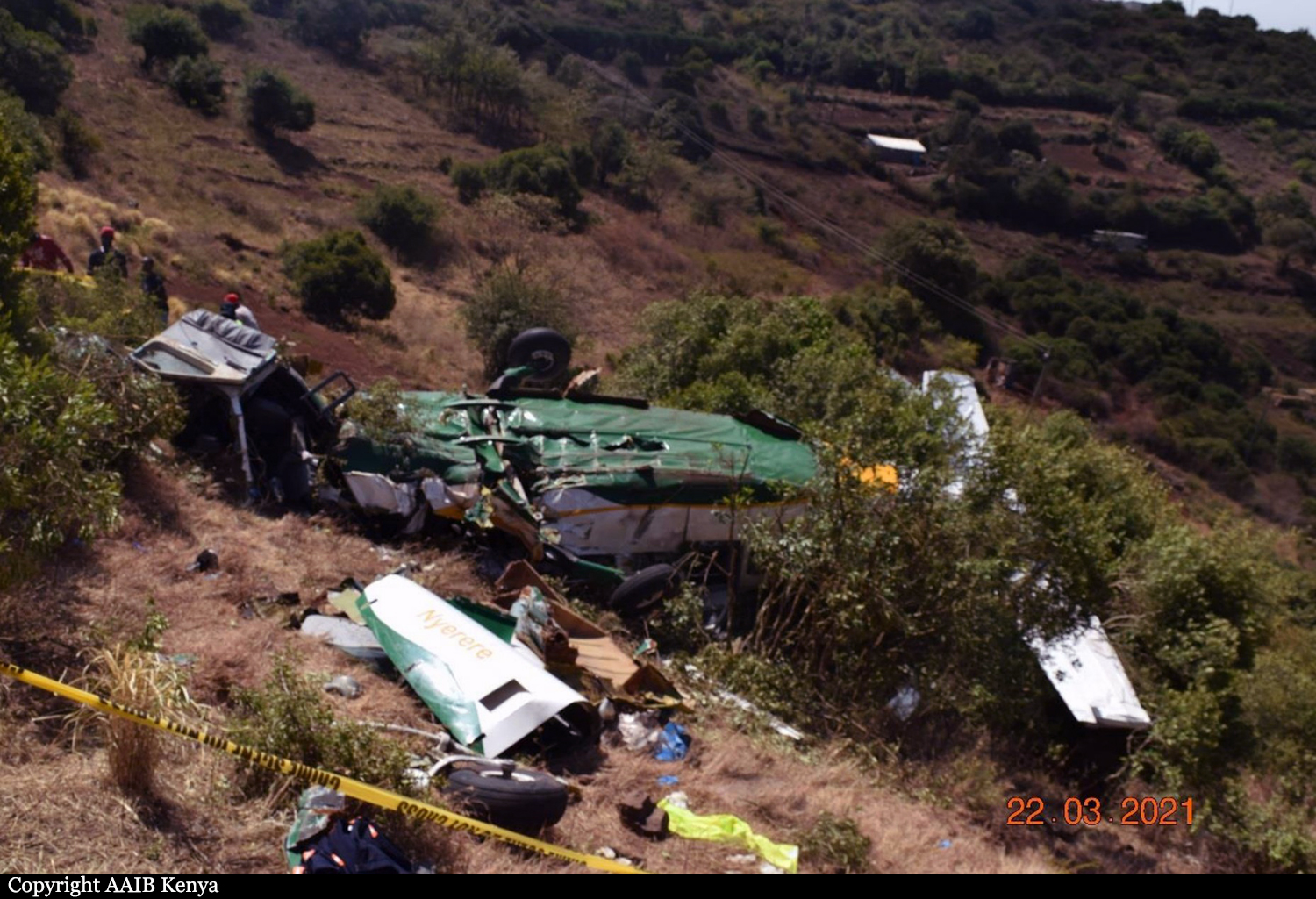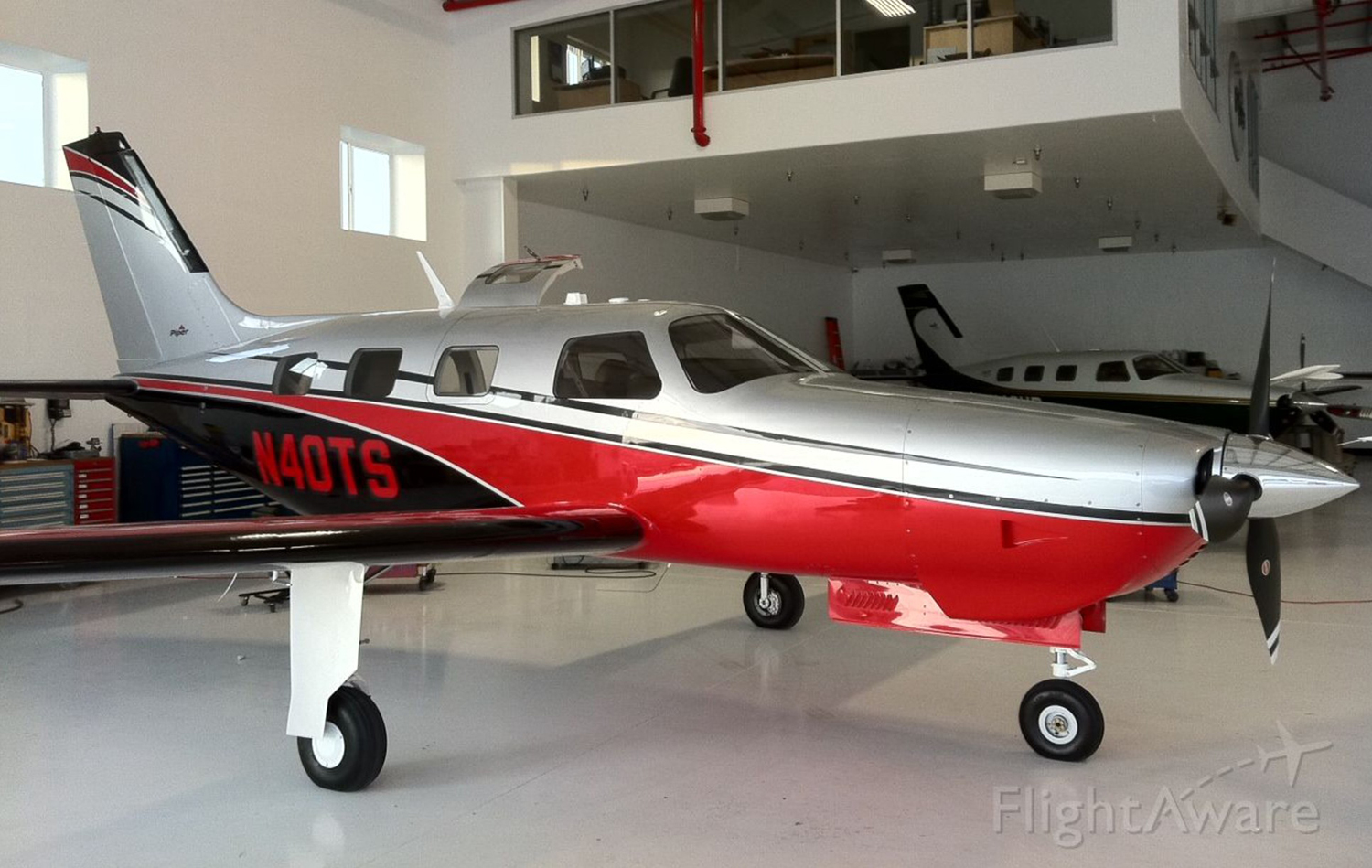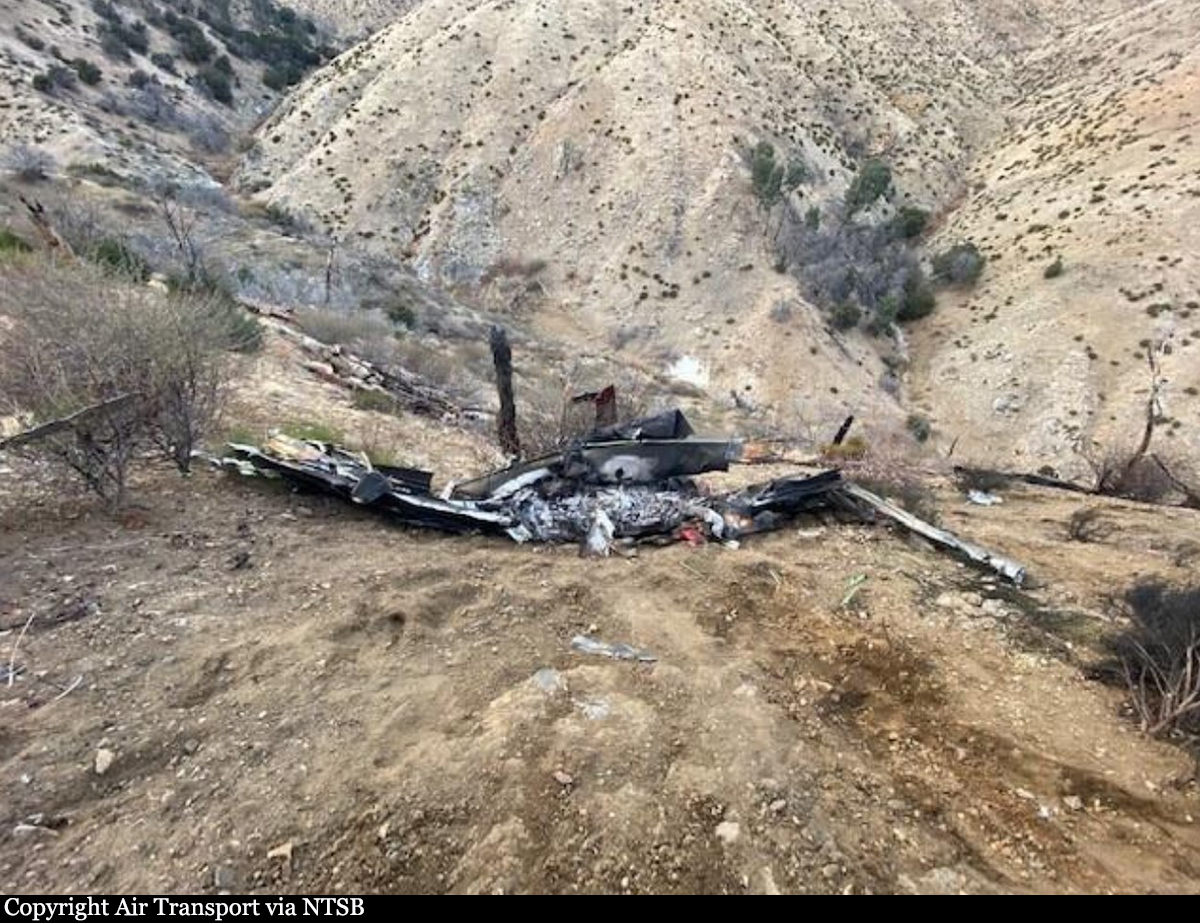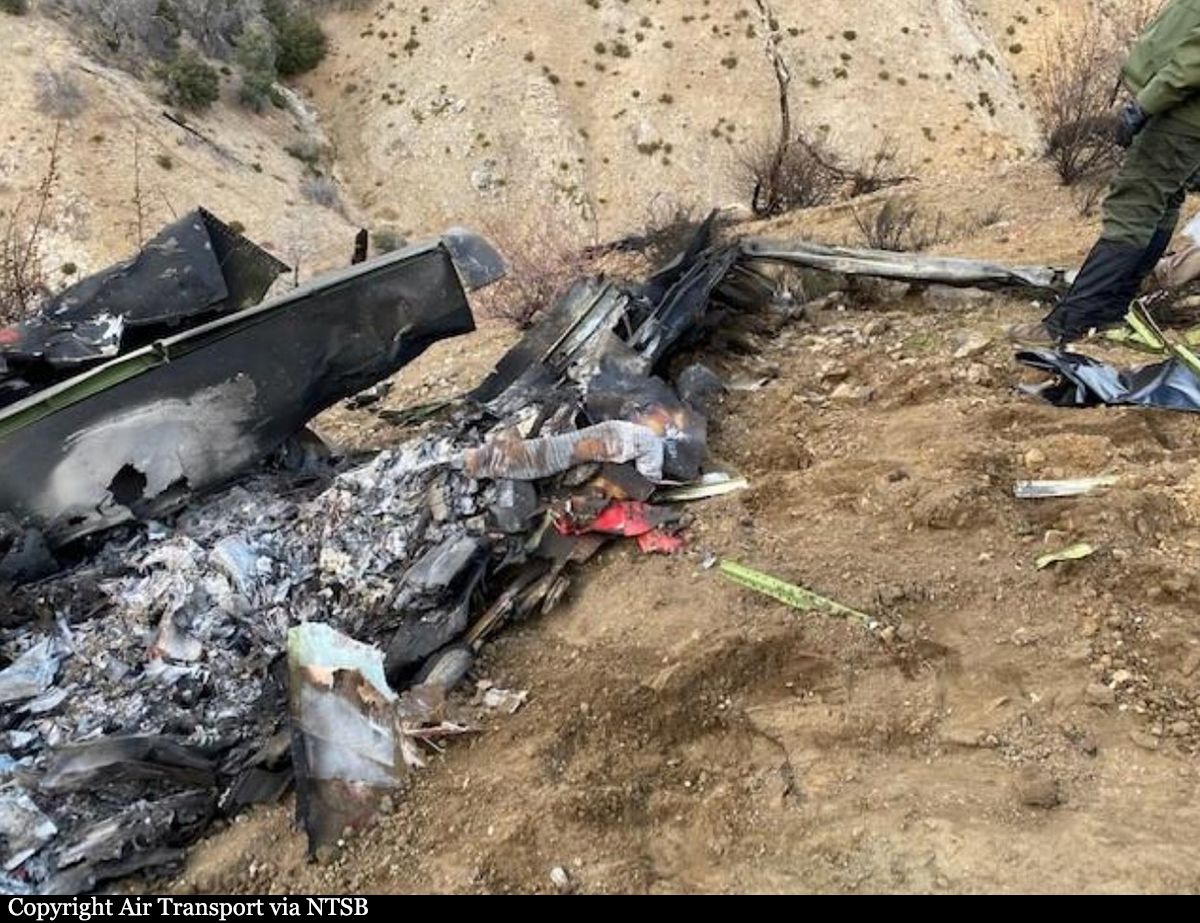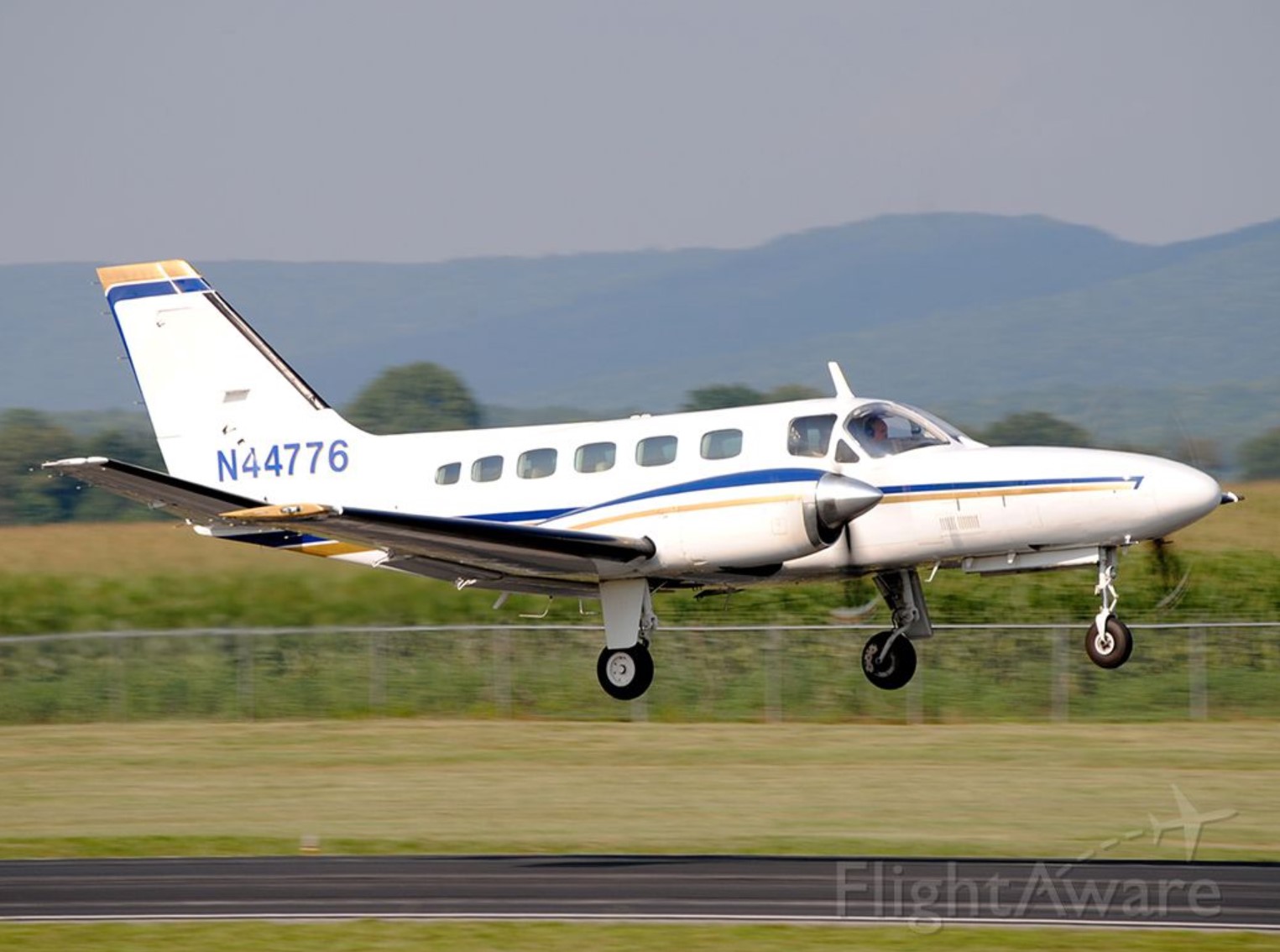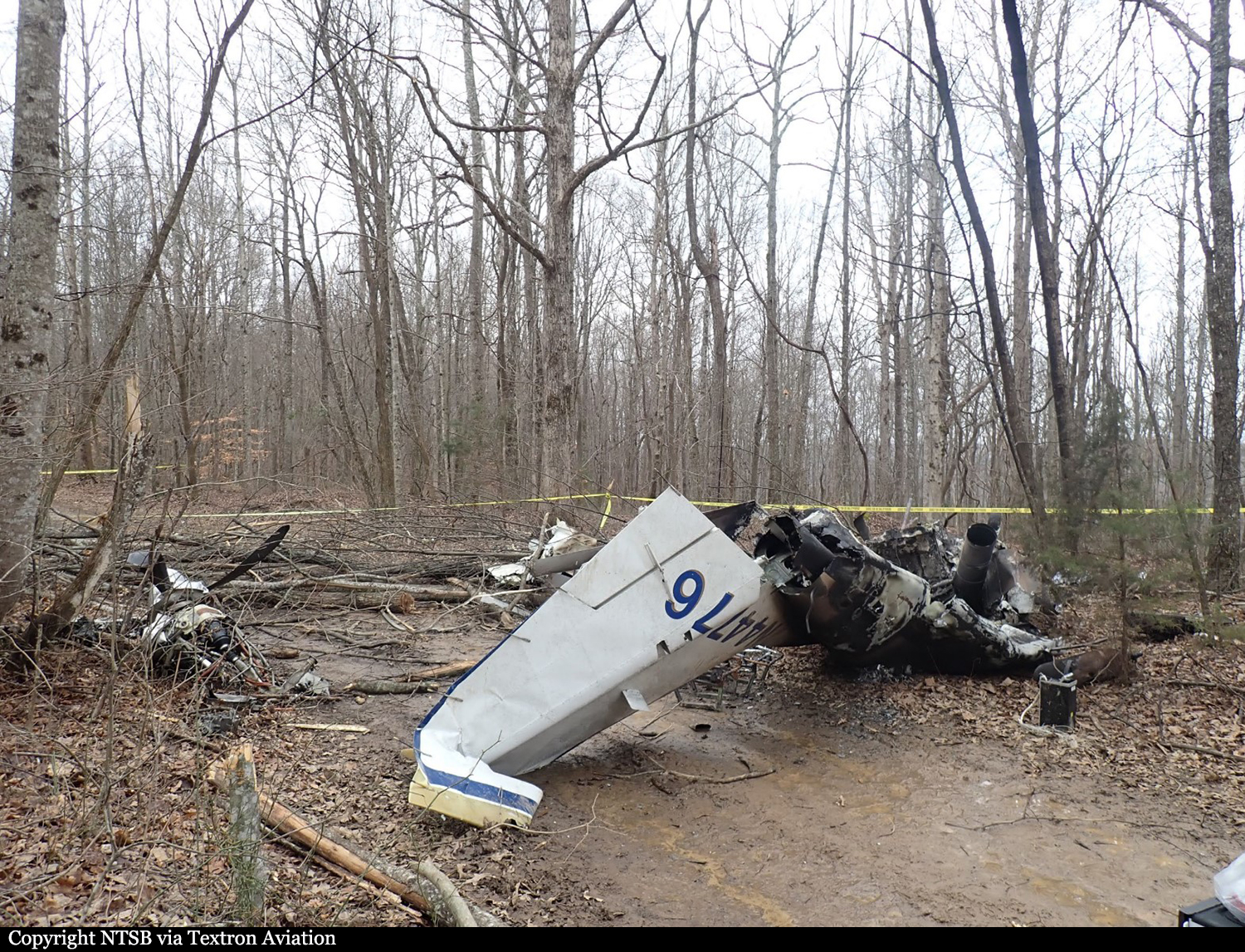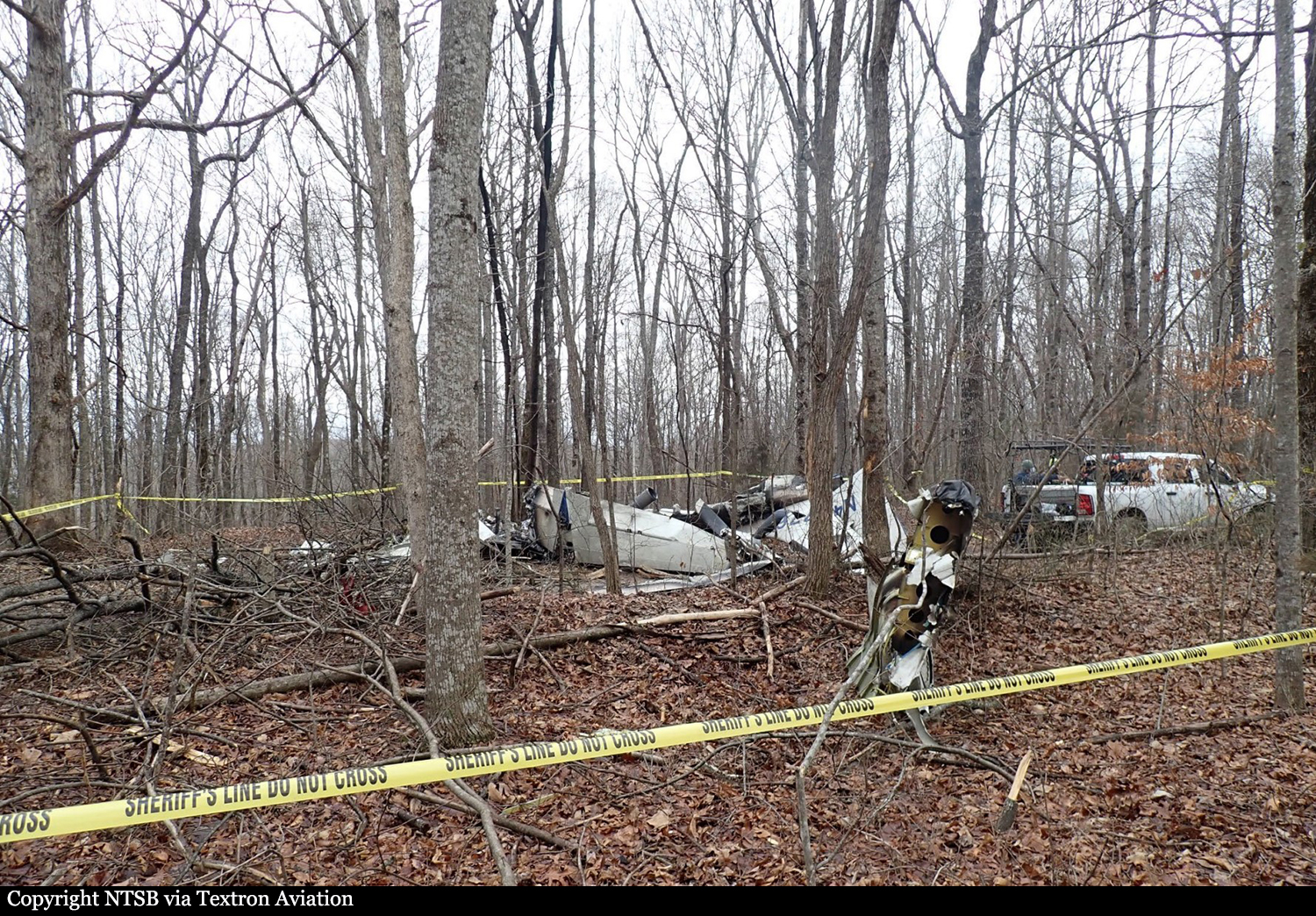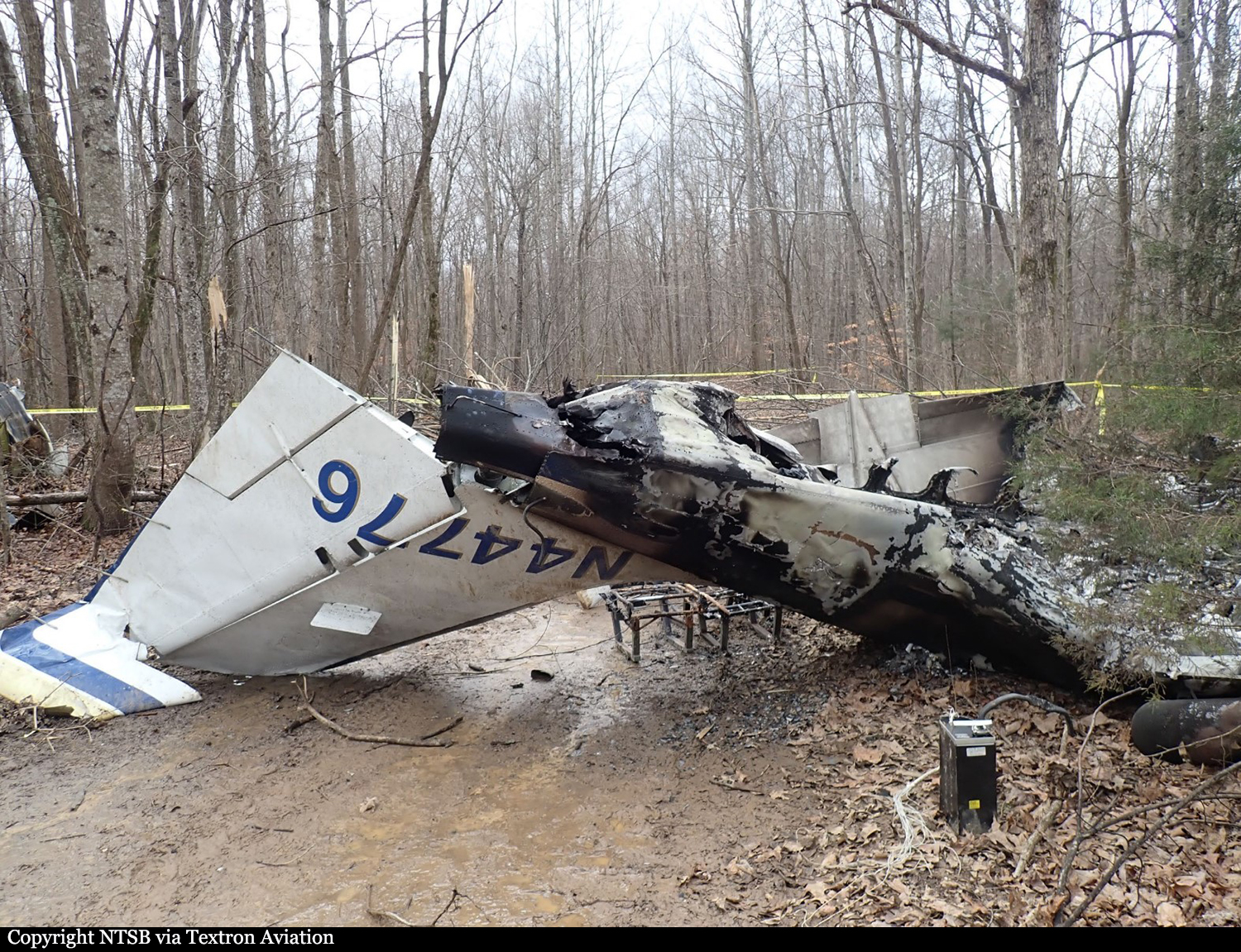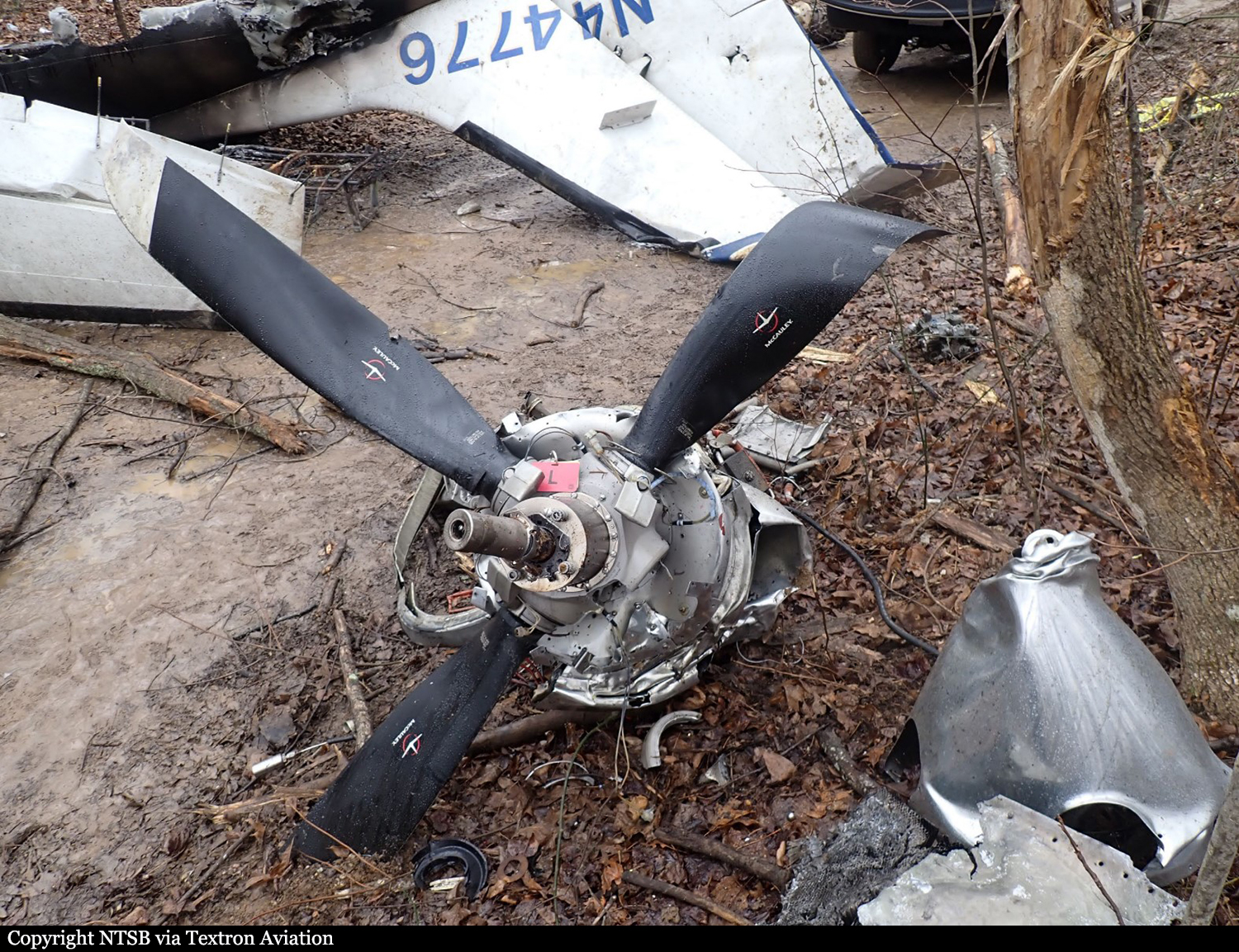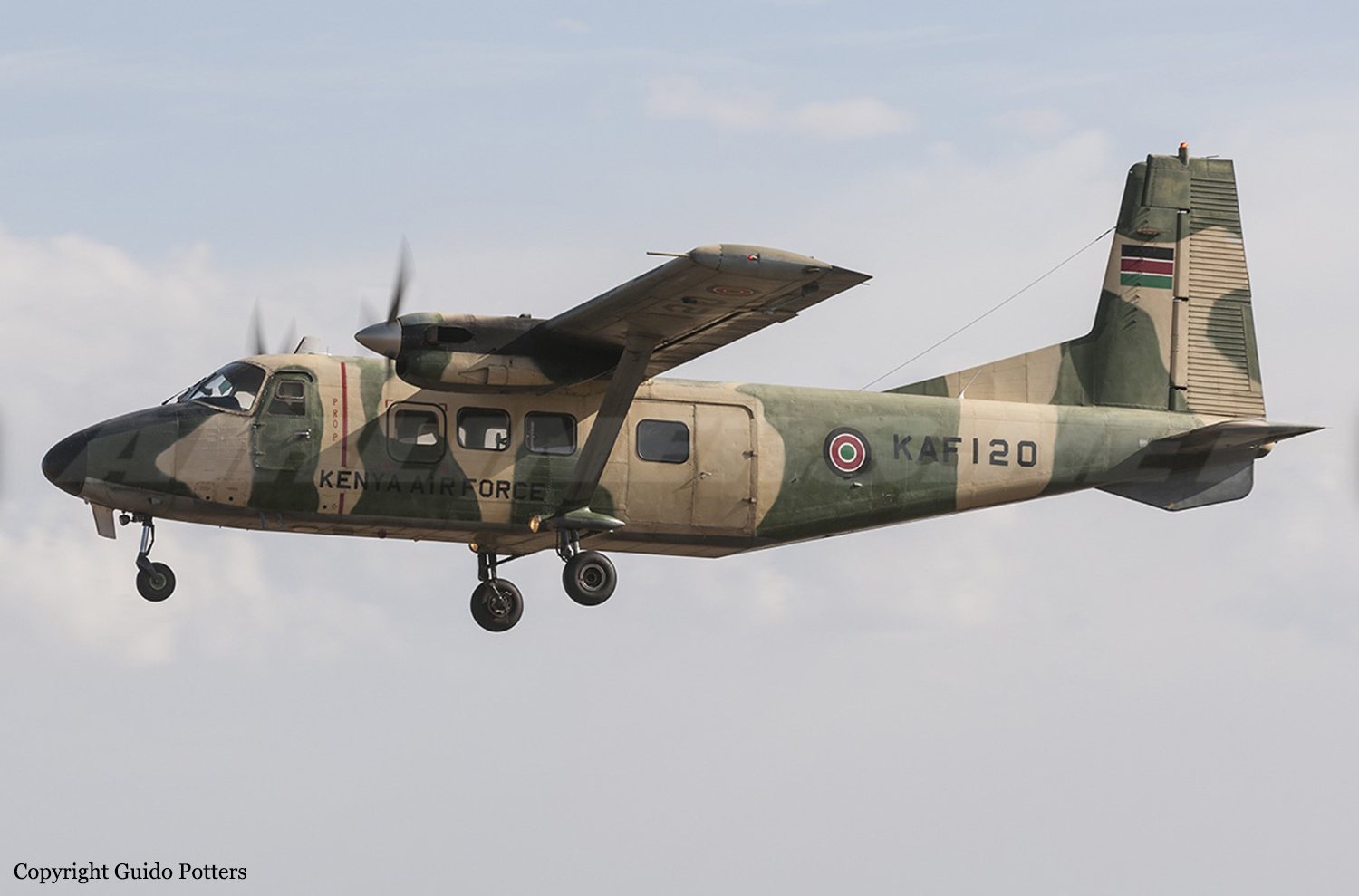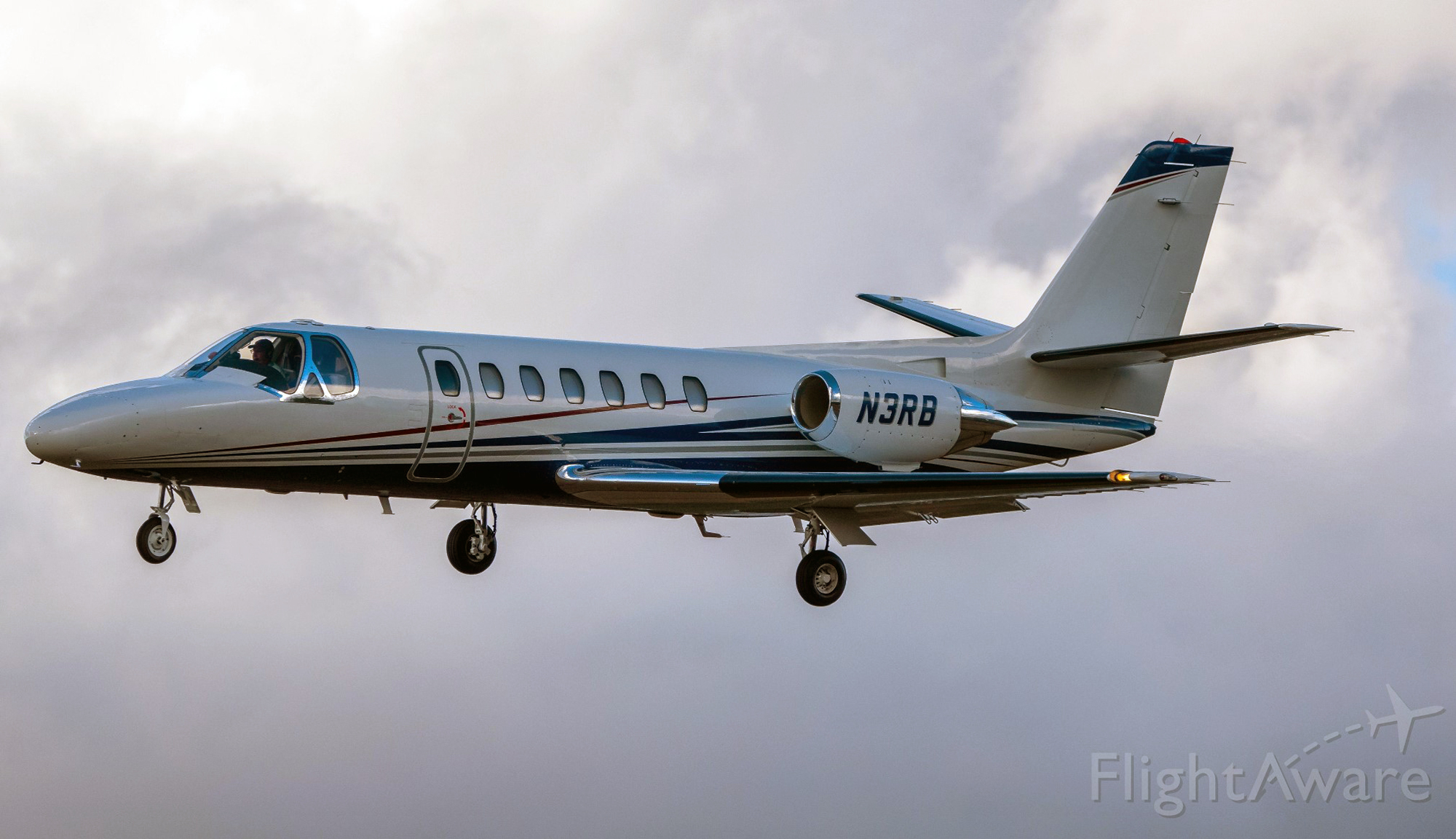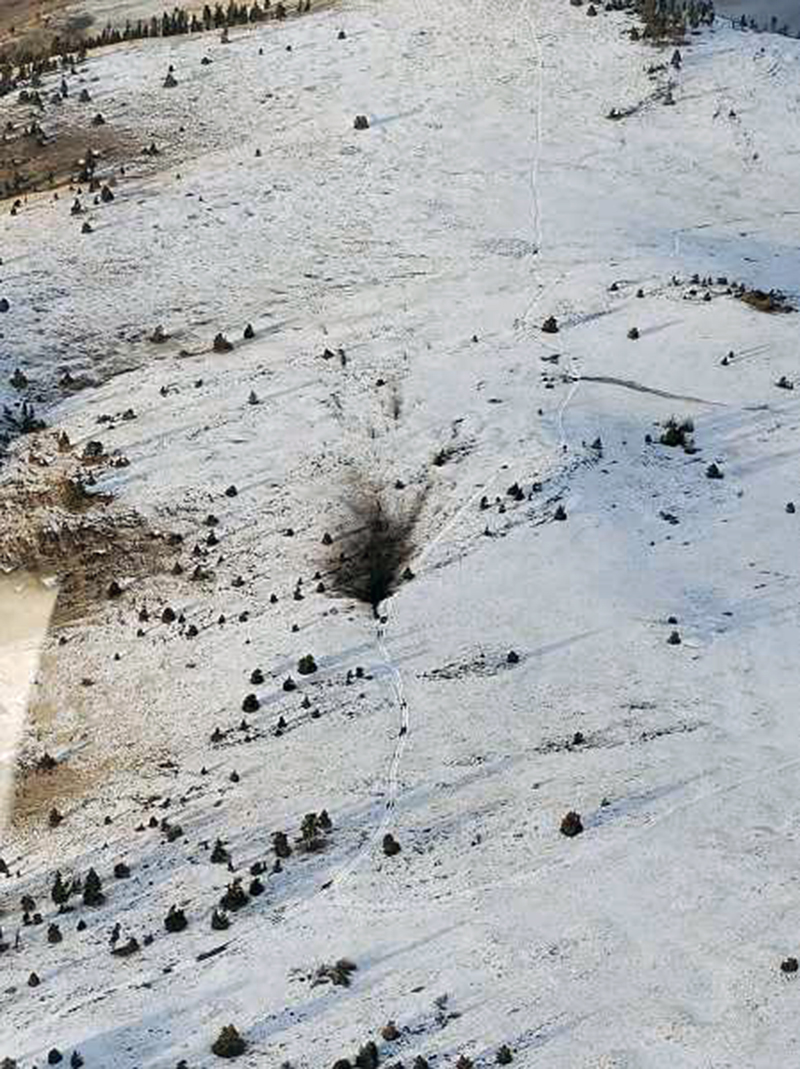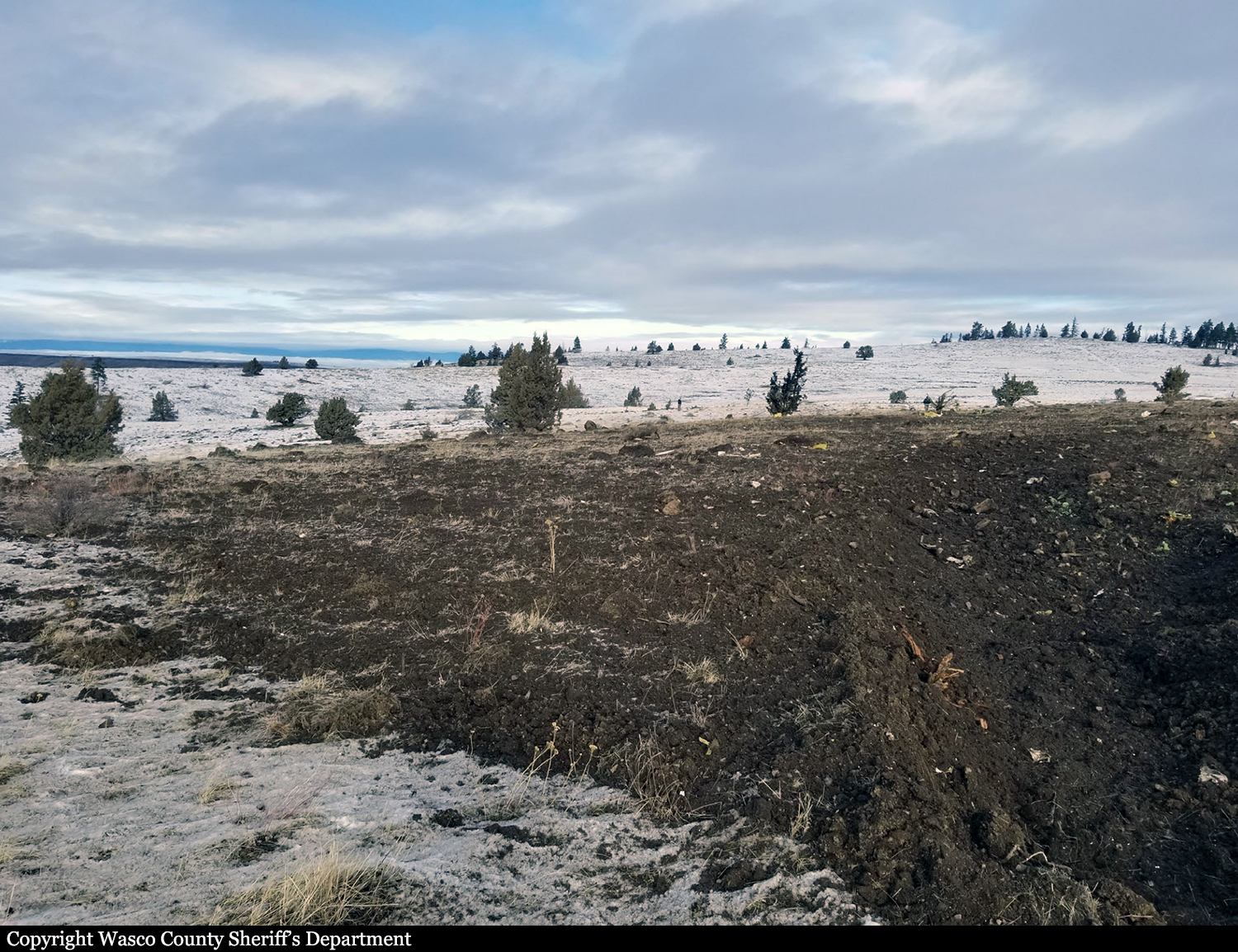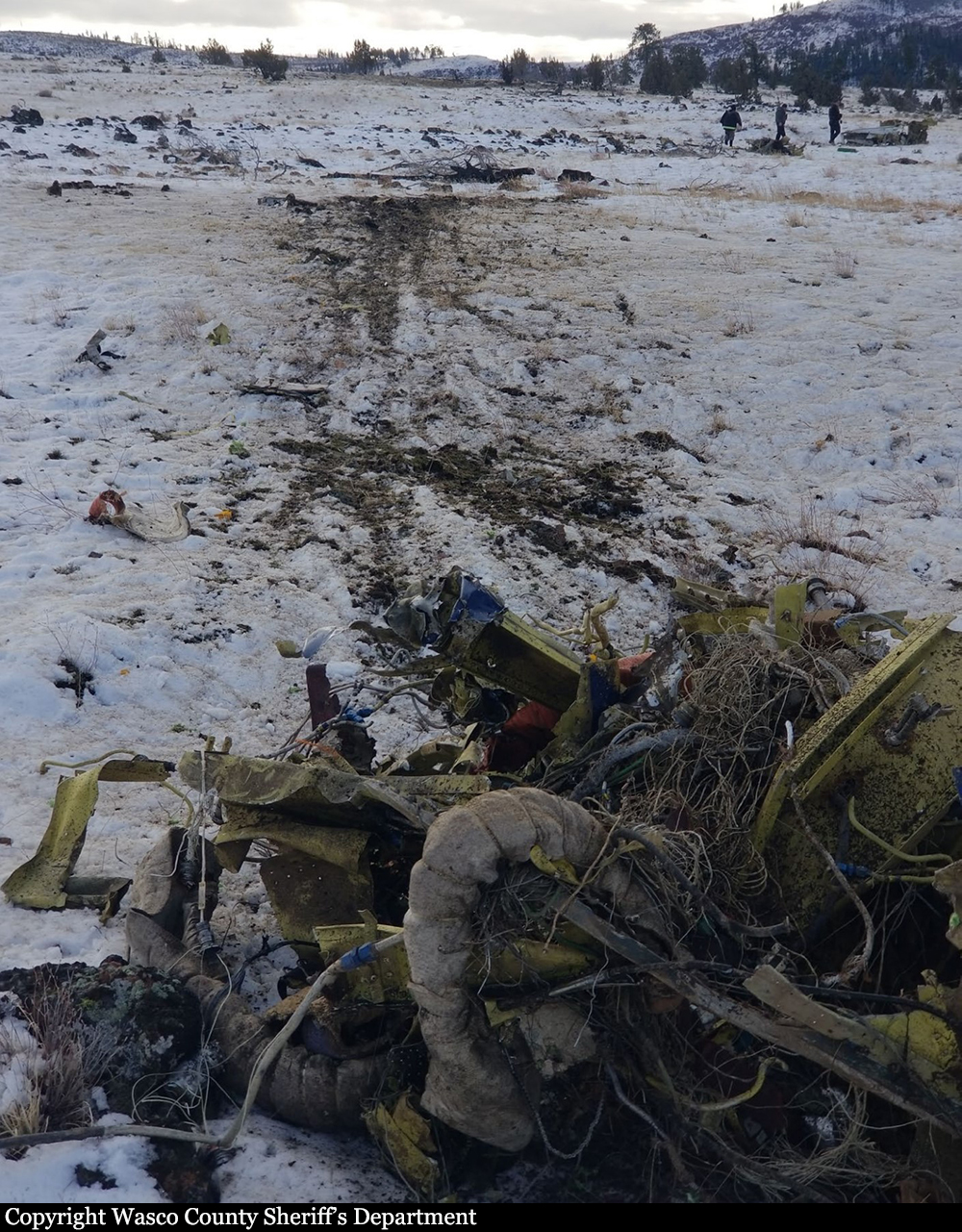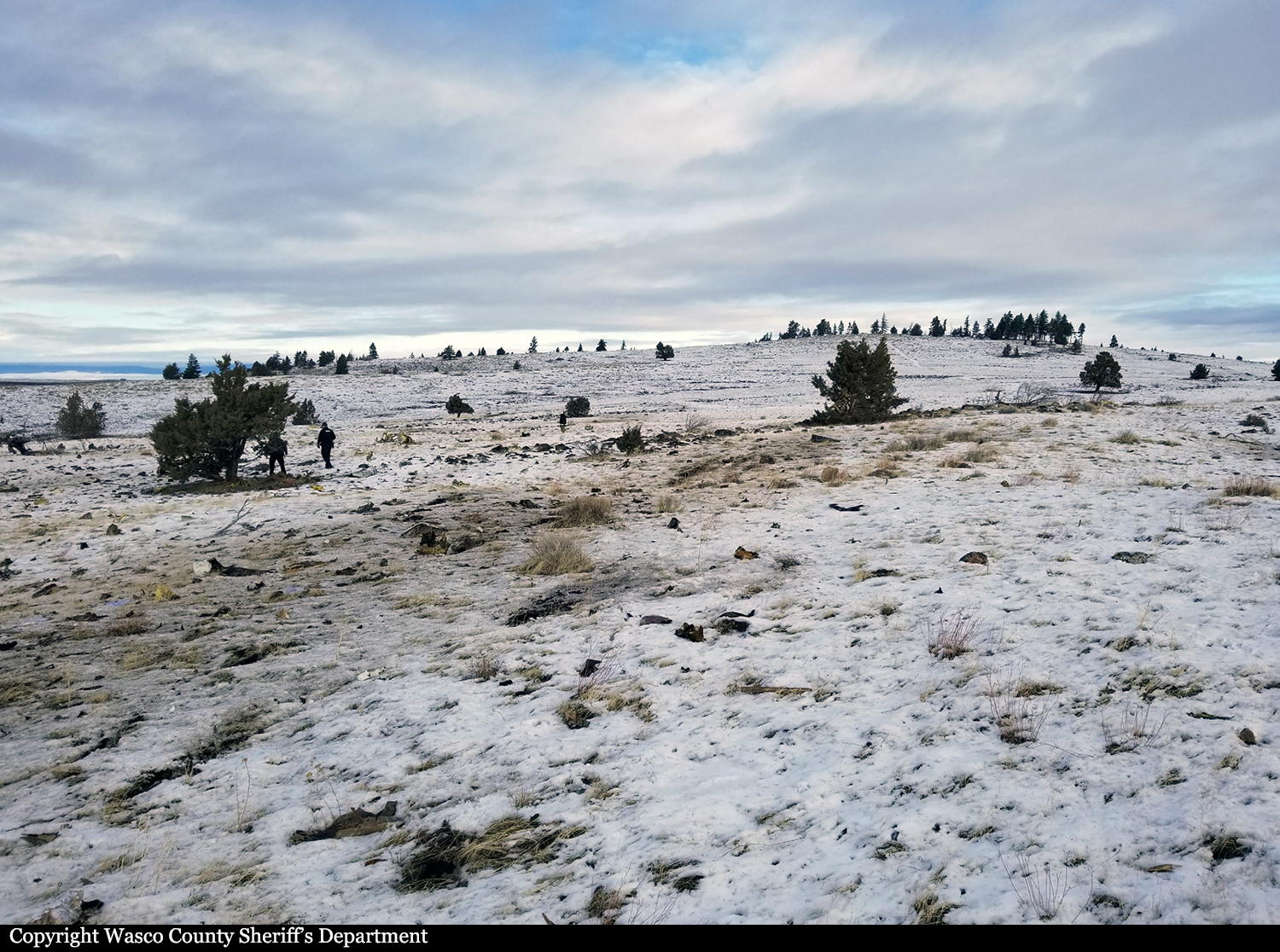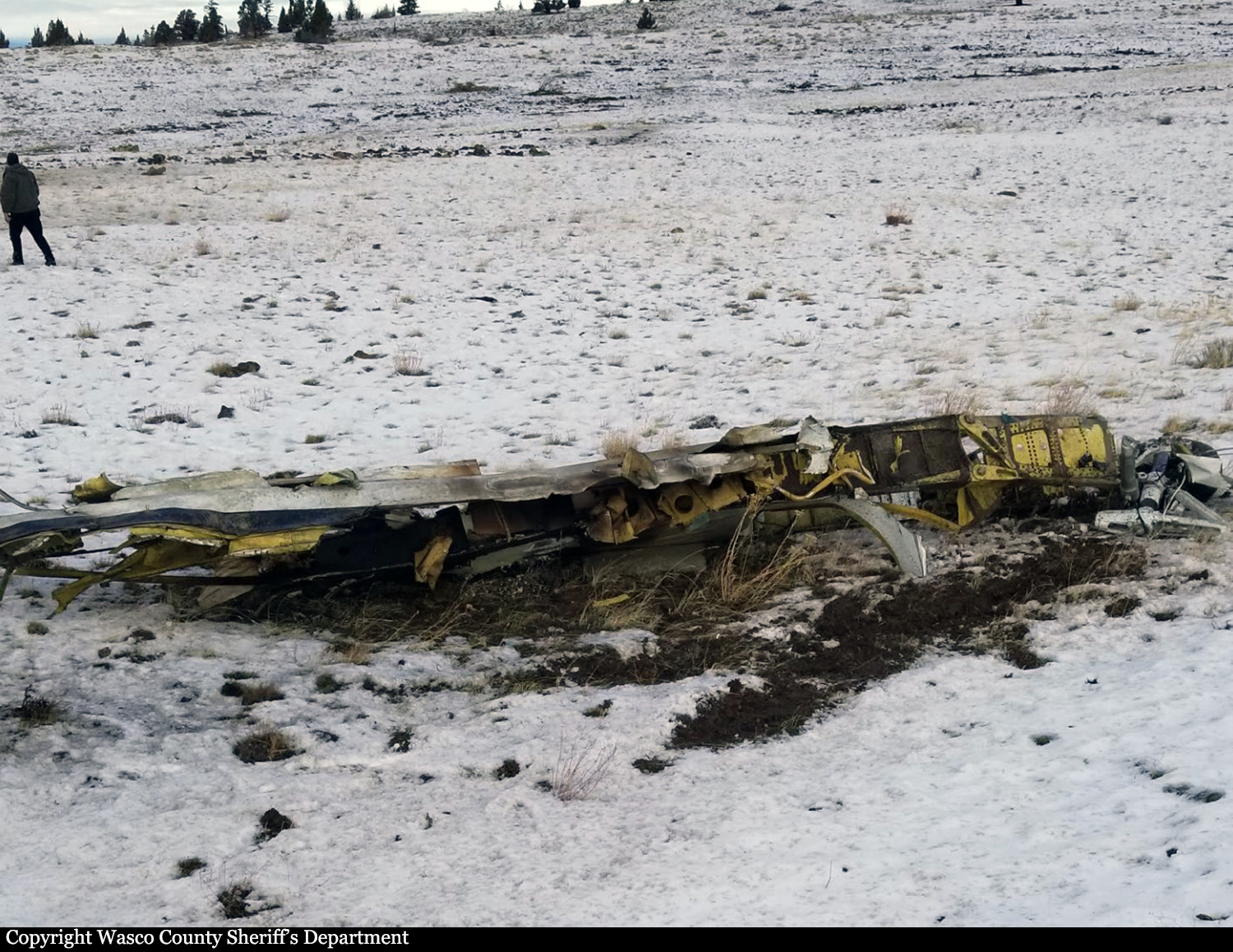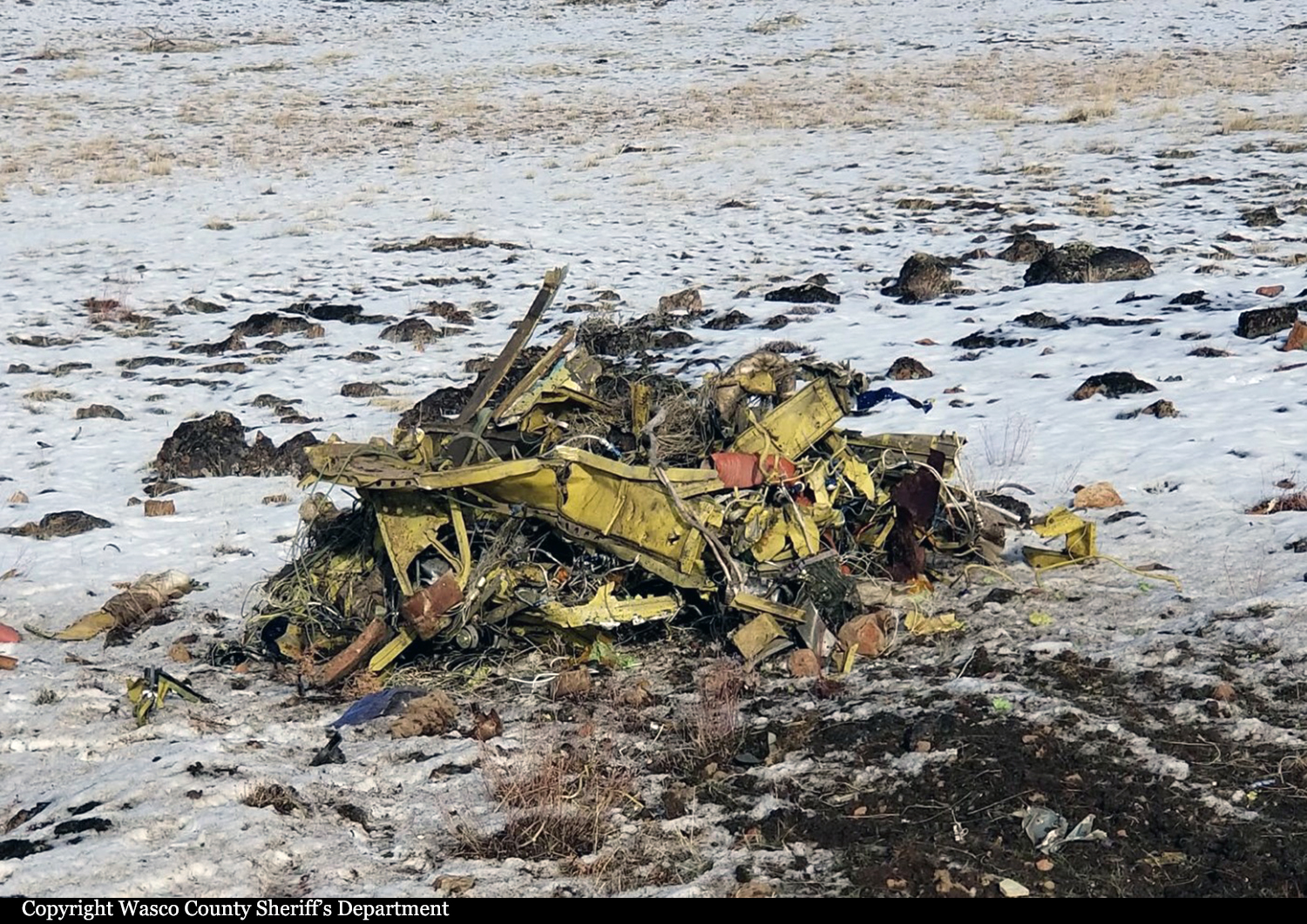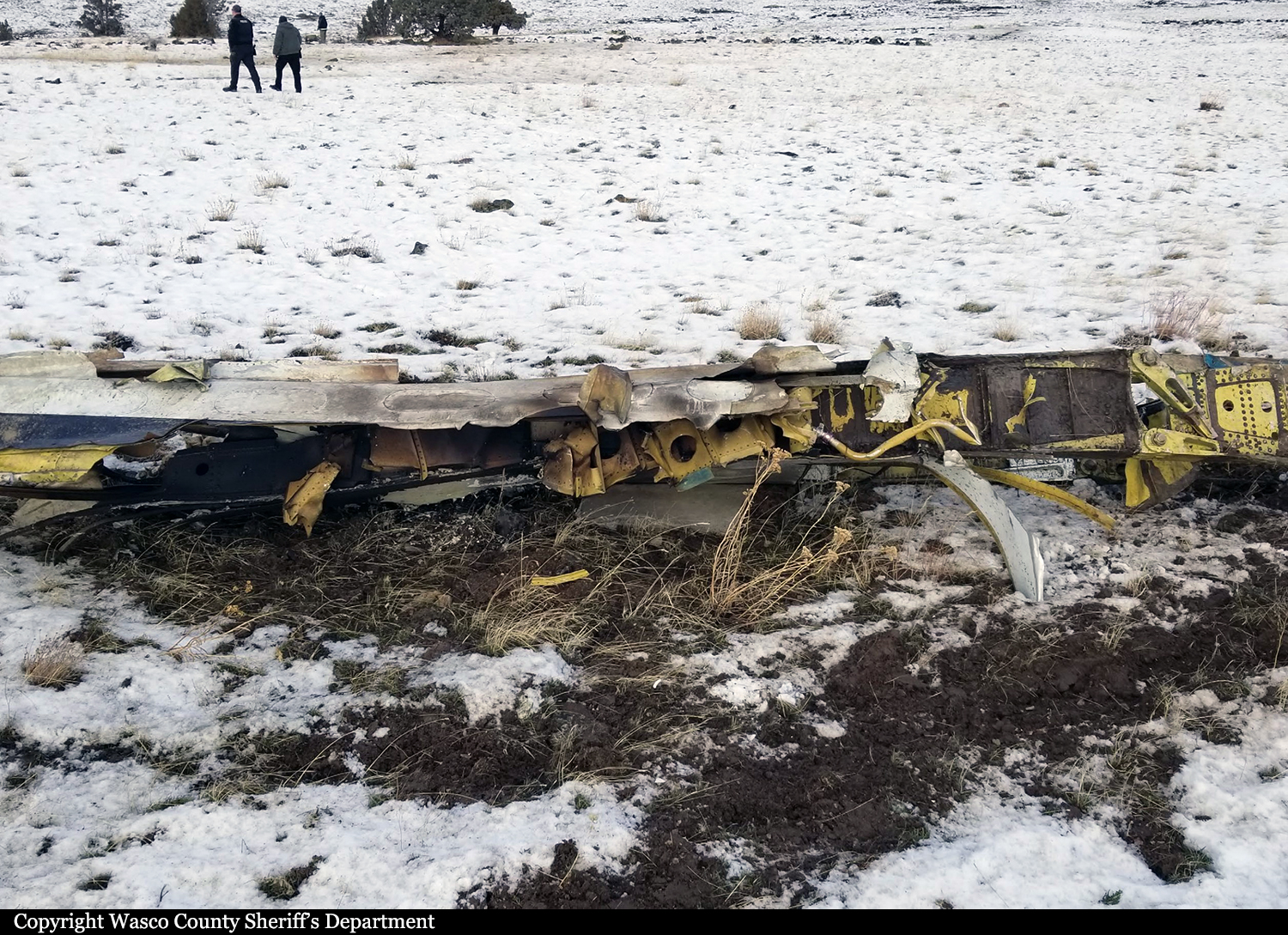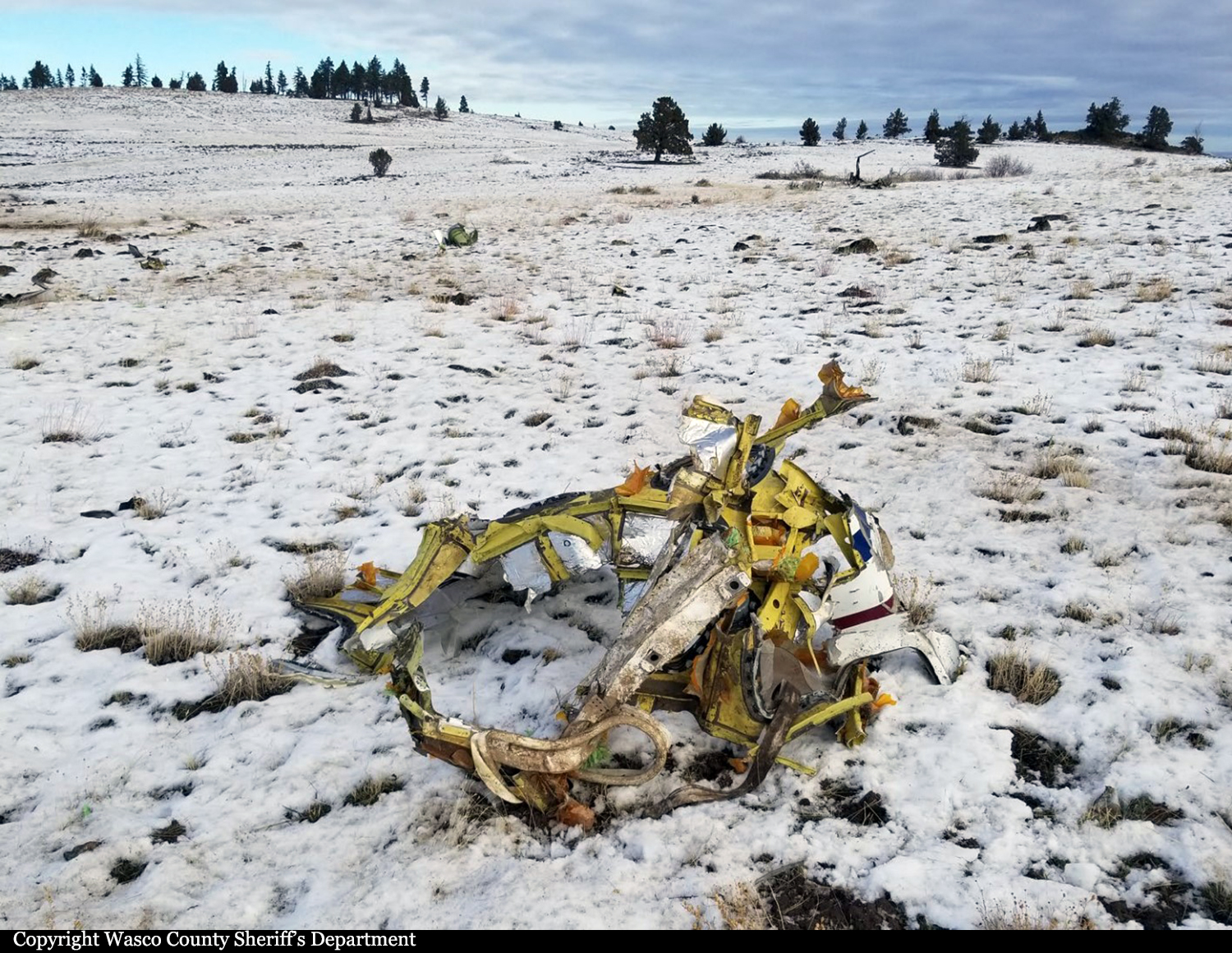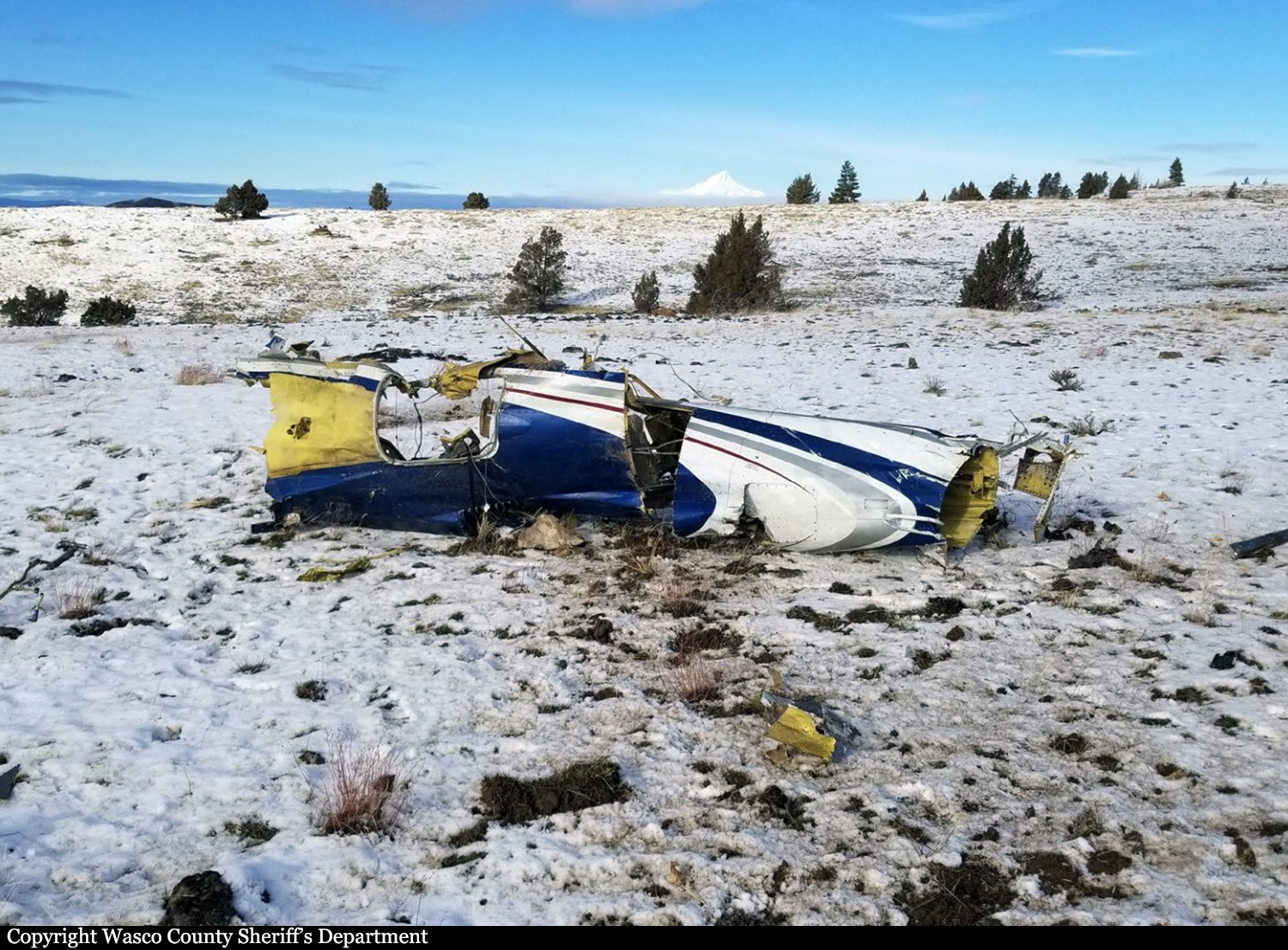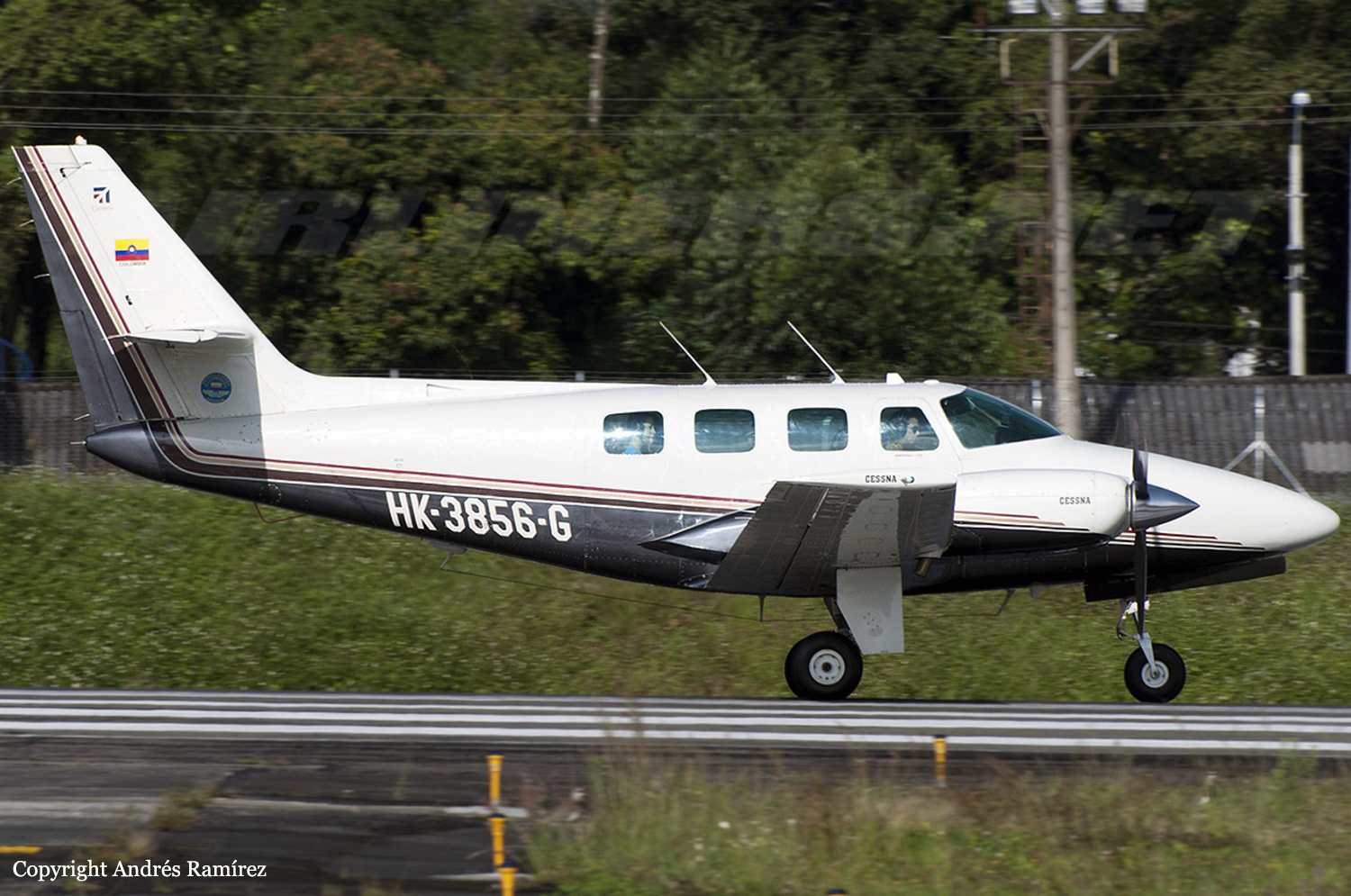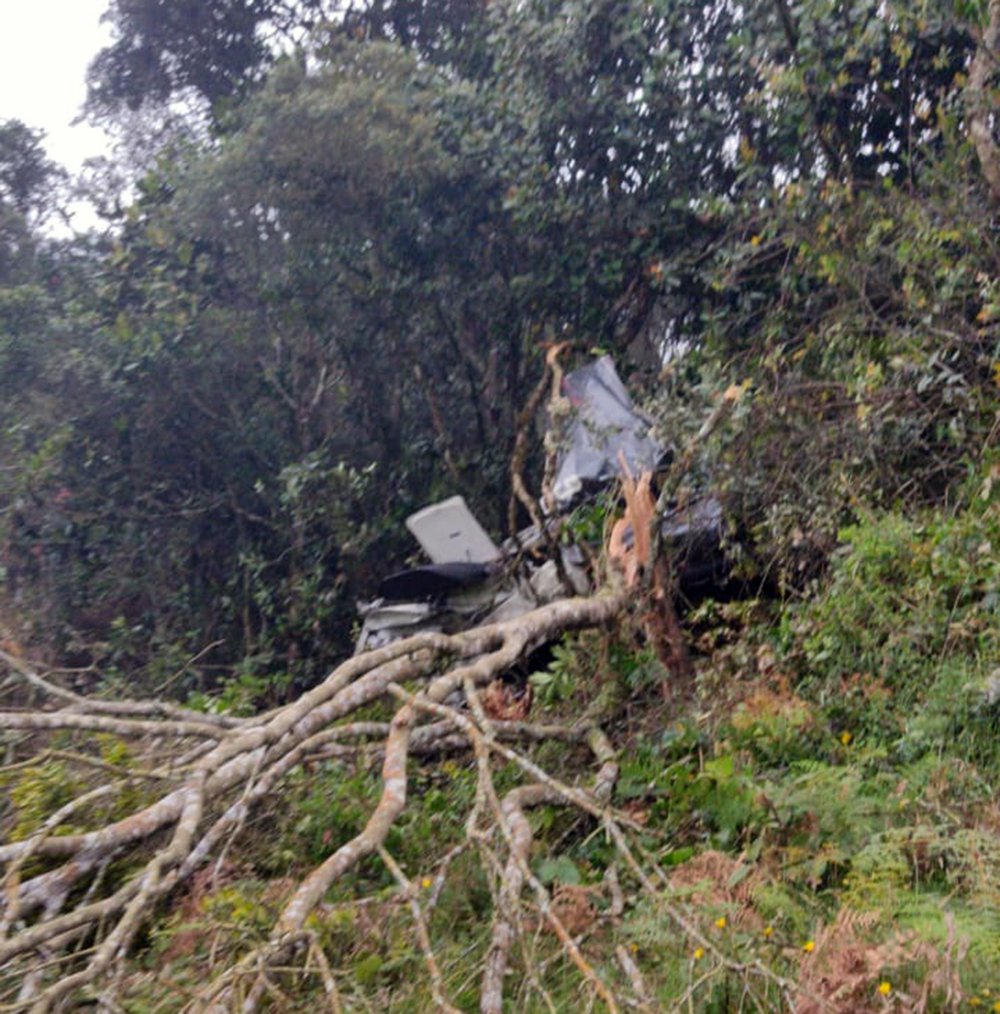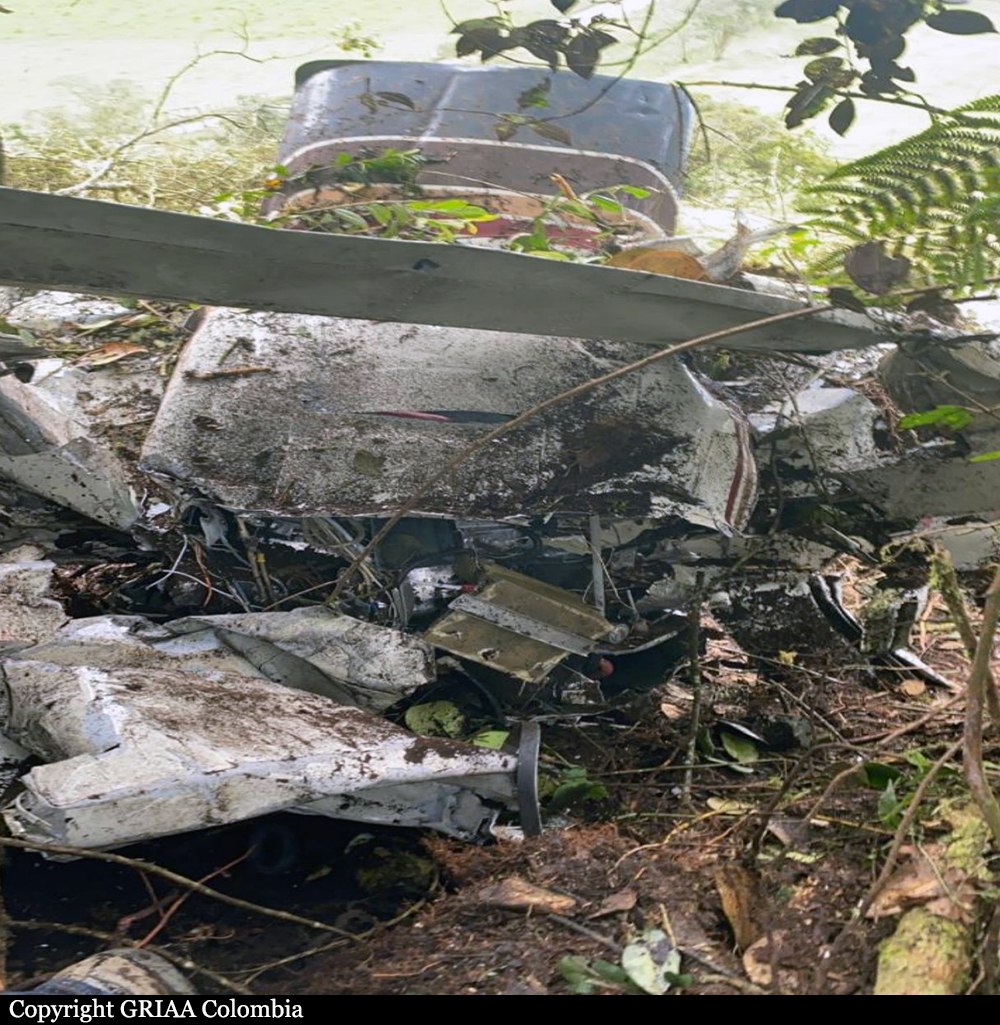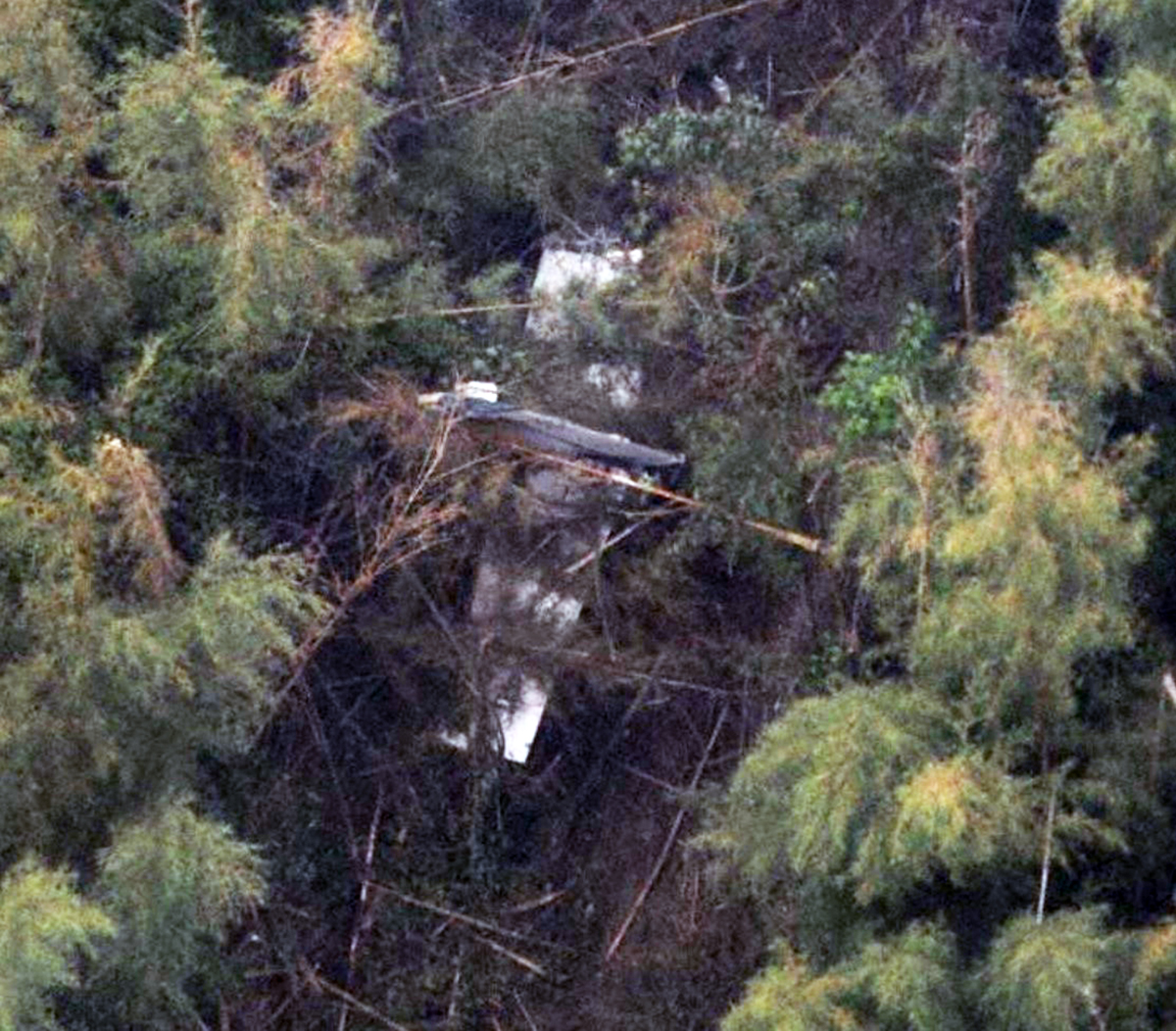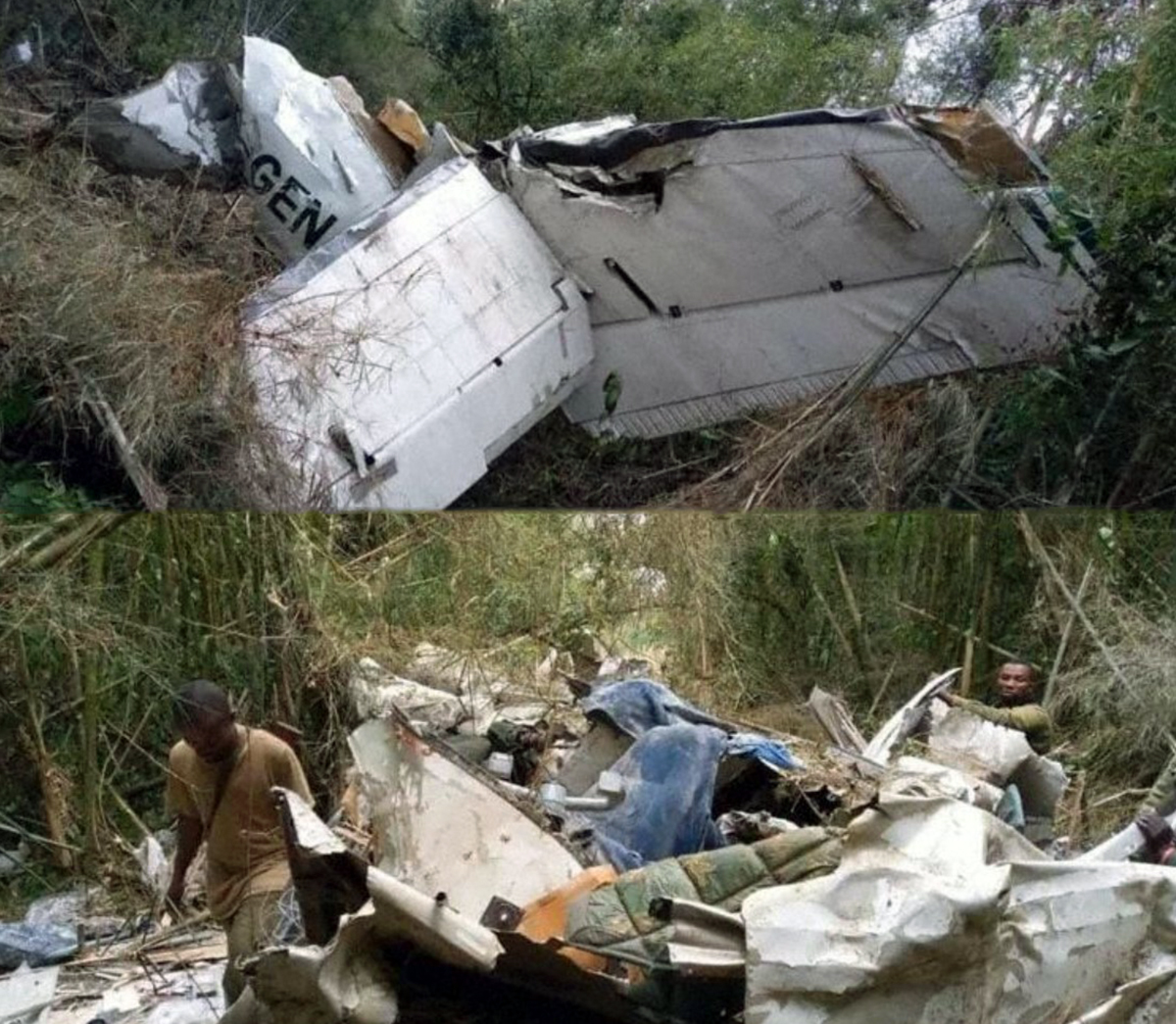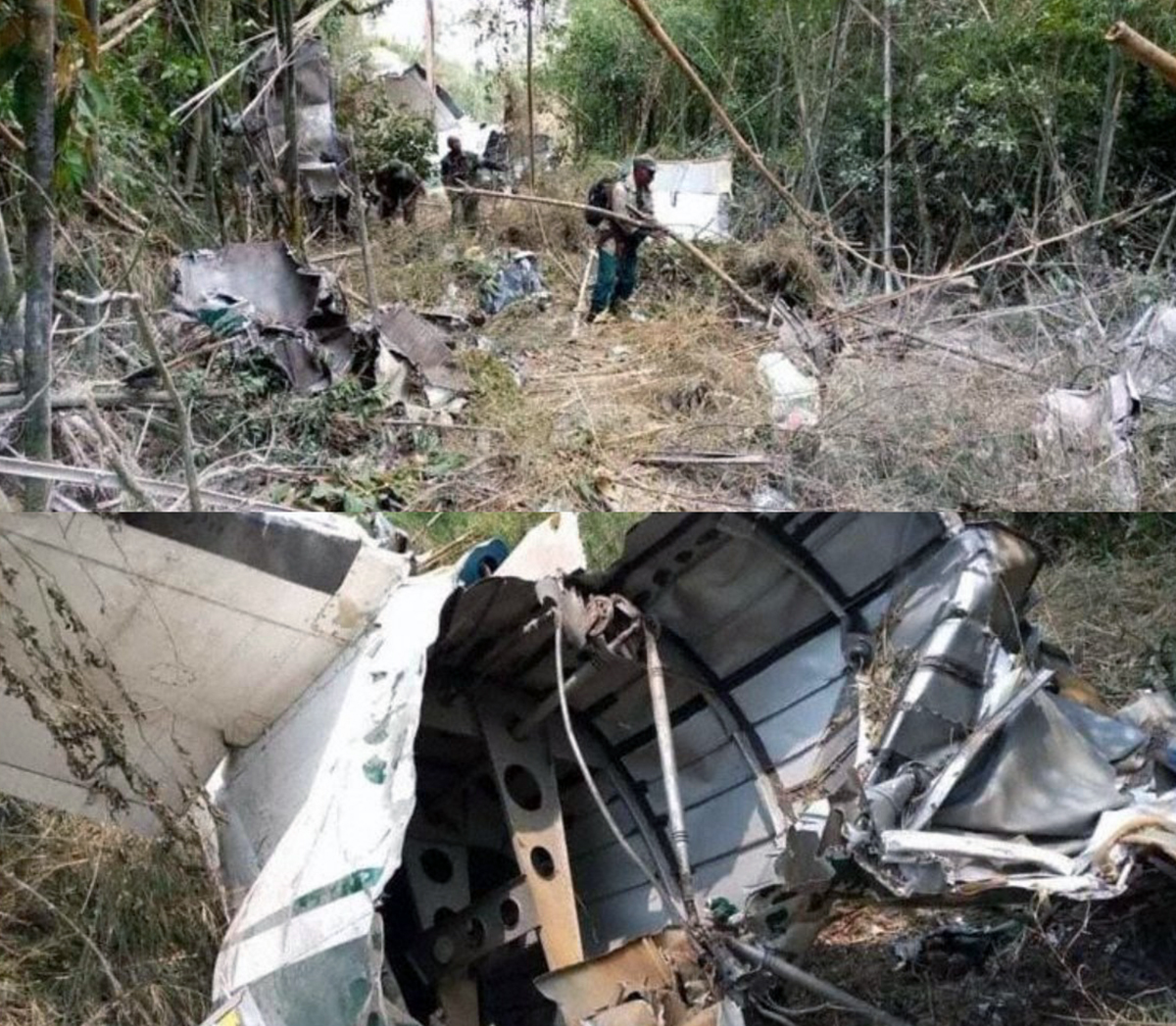Crash of a Beechcraft C90 King Air near Wikieup: 2 killed
Date & Time:
Jul 10, 2021 at 1254 LT
Registration:
N3688P
Survivors:
No
Schedule:
Marana - Wikieup
MSN:
LJ-915
YOM:
1980
Crew on board:
1
Crew fatalities:
Pax on board:
1
Pax fatalities:
Other fatalities:
Total fatalities:
2
Aircraft flight hours:
17126
Circumstances:
On July 10, 2021, about 1254 mountain standard time, a Beech C-90, turbo prop airplane, N3688P, was destroyed when it was involved in an accident near Wikieup, Arizona. The pilot and Air Tactical Group supervisor were fatally injured. The airplane was operated as a public use firefighting aircraft in support of the Bureau of Land Management conducting aerial reconnaissance and supervision. The airplane was on station for about 45 minutes over the area of the Cedar Basin fire. The ADS-B data showed the airplane had accomplished multiple orbits over the area of the fire about 2,500 ft above ground level (agl). The last ADS-B data point showed the airplane’s airspeed as 151 knots, its altitude about 2,300 ft agl, and in a descent, about 805 ft east southeast of the accident site. No distress call from the airplane was overheard on the radio. According to a witness, the airplane was observed in a steep dive towards the ground. The airplane impacted the side of a ridgeline in mountainous desert terrain. The main wreckage was mostly consumed by a post-crash fire. Debris was scattered over an area of several acres. Another witness observed the left wing falling to the ground after the aircraft had impacted the terrain. The left wing had separated outboard of the nacelle and was located about 0.79 miles northeast of the main wreckage and did not sustain thermal damage.
Probable cause:
The failure and separation of the left wing’s outboard section due to a fatigue crack in the lower spar cap. Contributing to the accident was the operator’s decision to repair the wing spar instead of replacing it as recommended by the aircraft manufacturer. Also contributing to the accident was the failure of the Non-Destructive Testing inspector to detect the fatigue crack during inspection.
Final Report:
